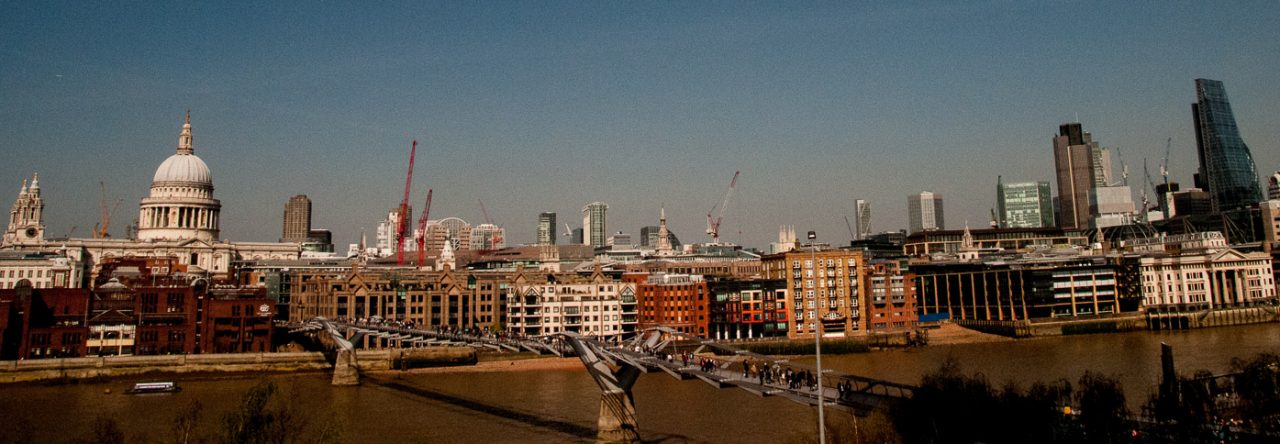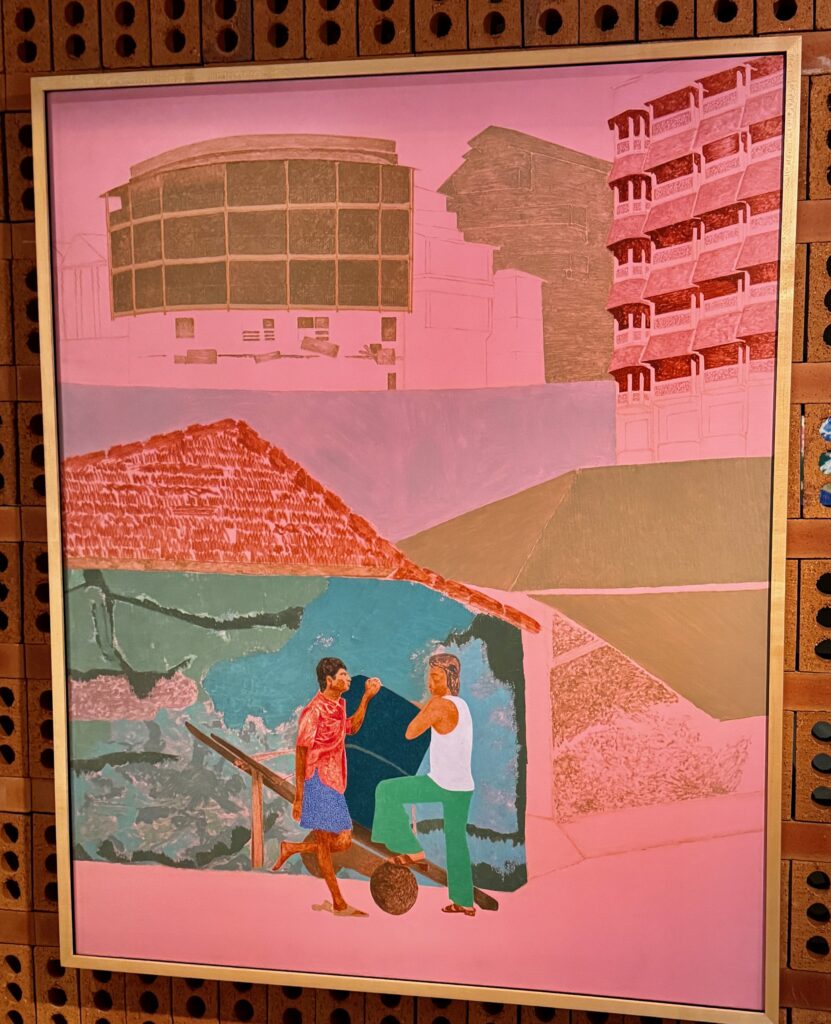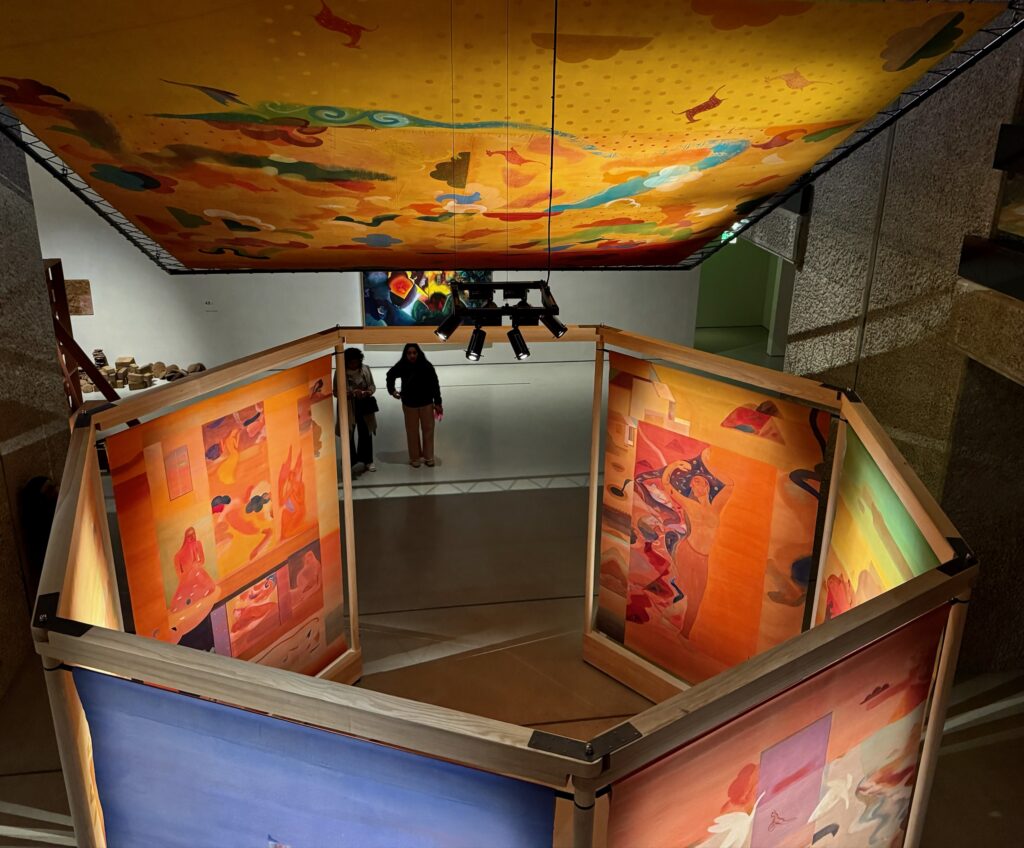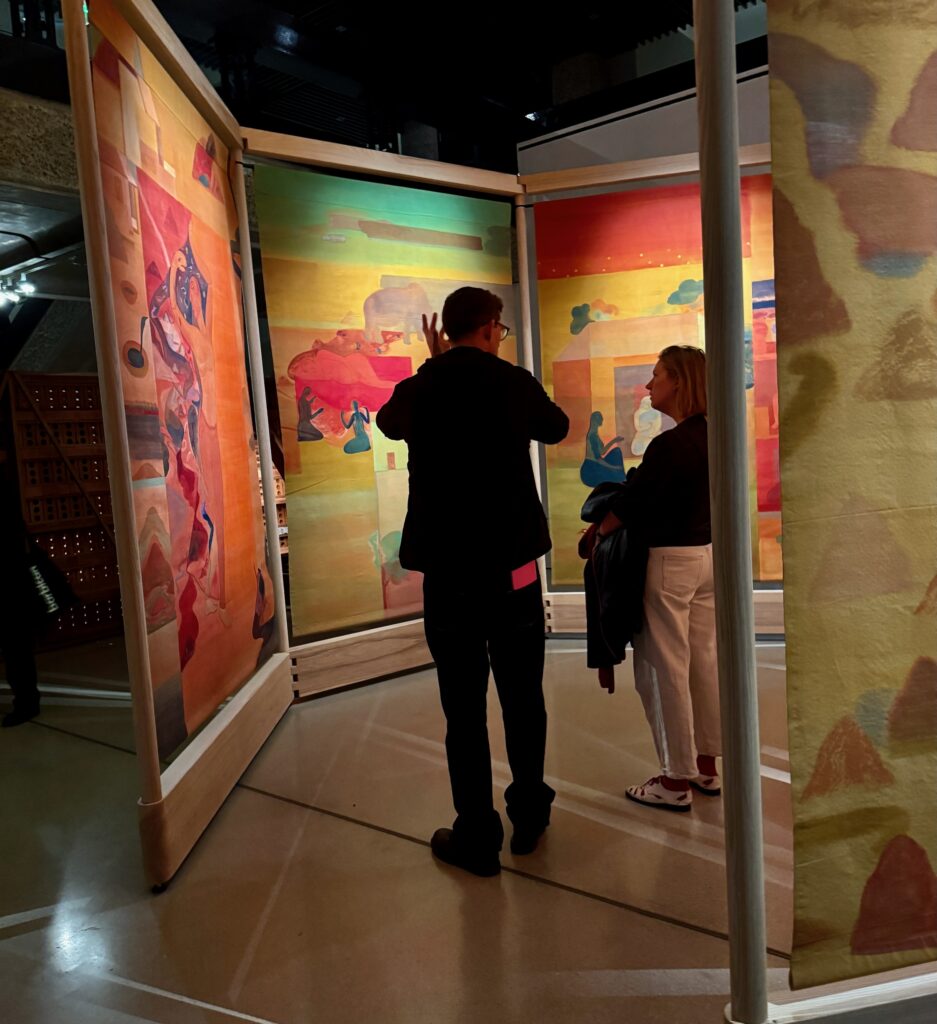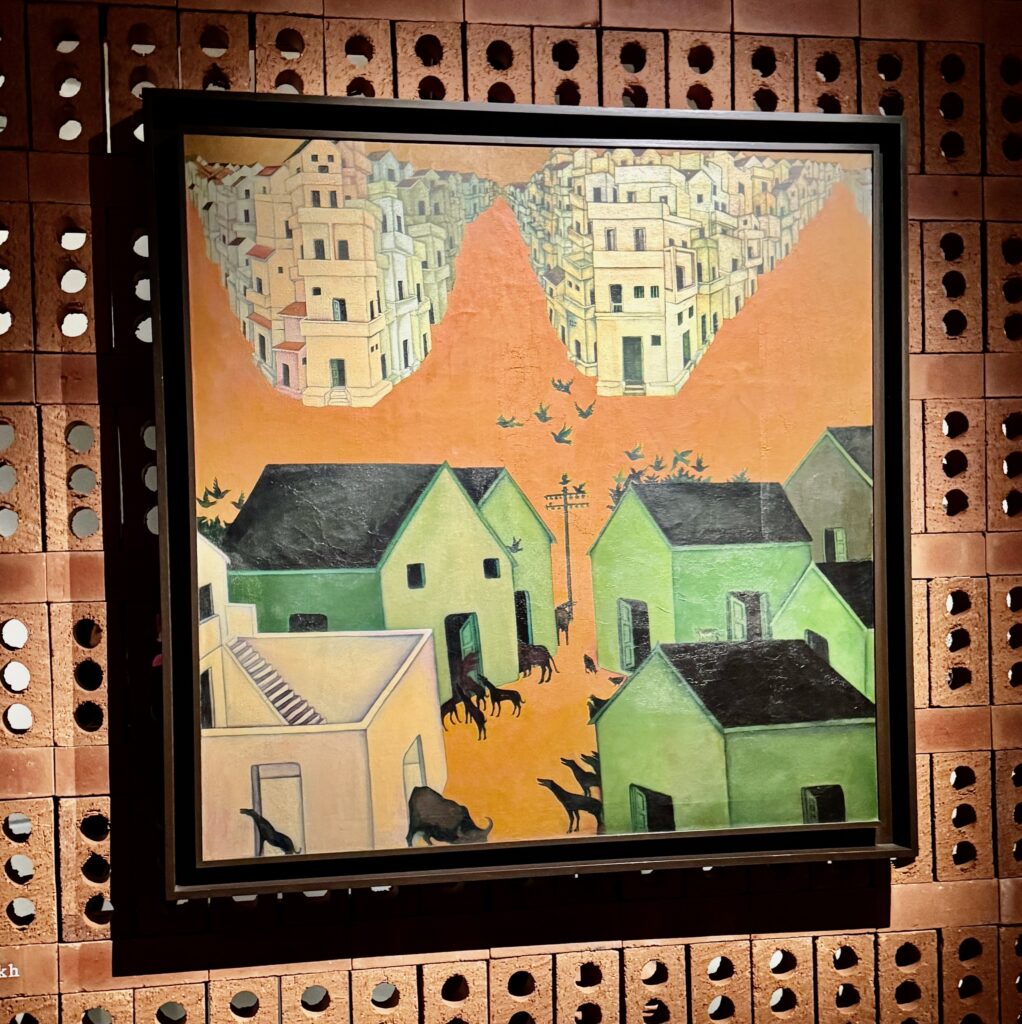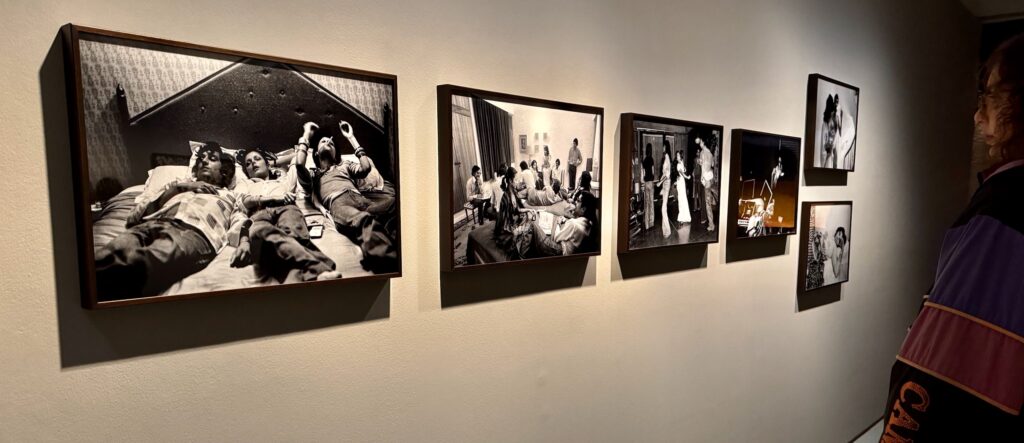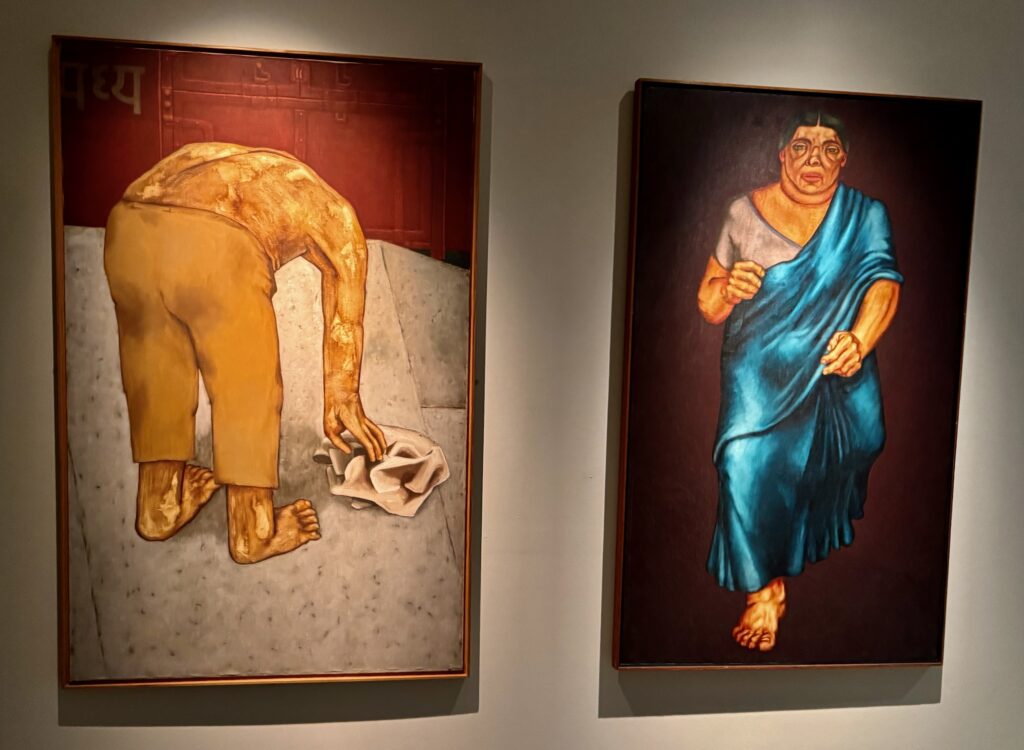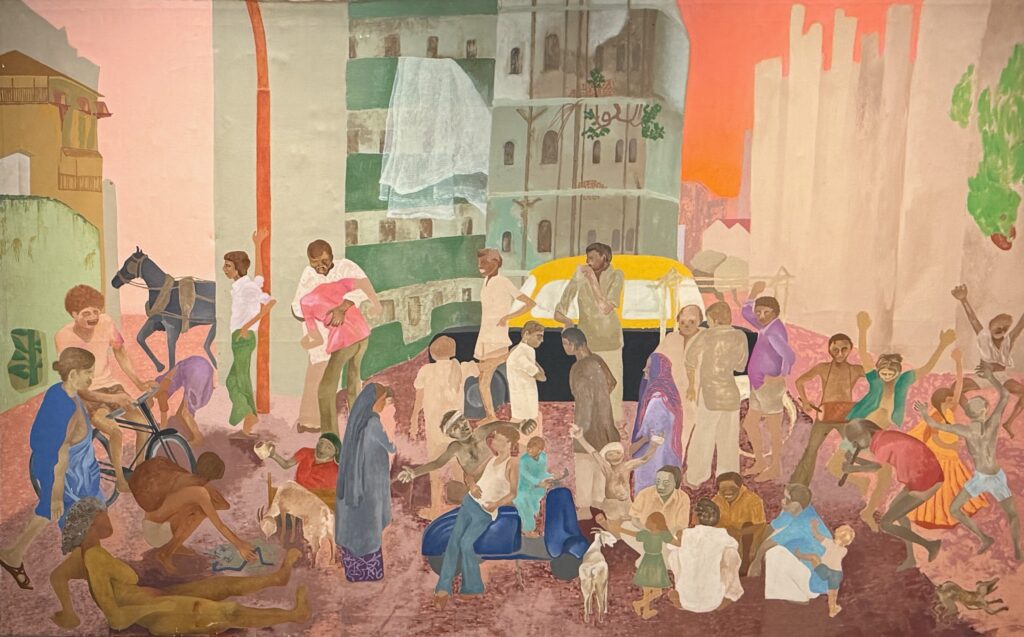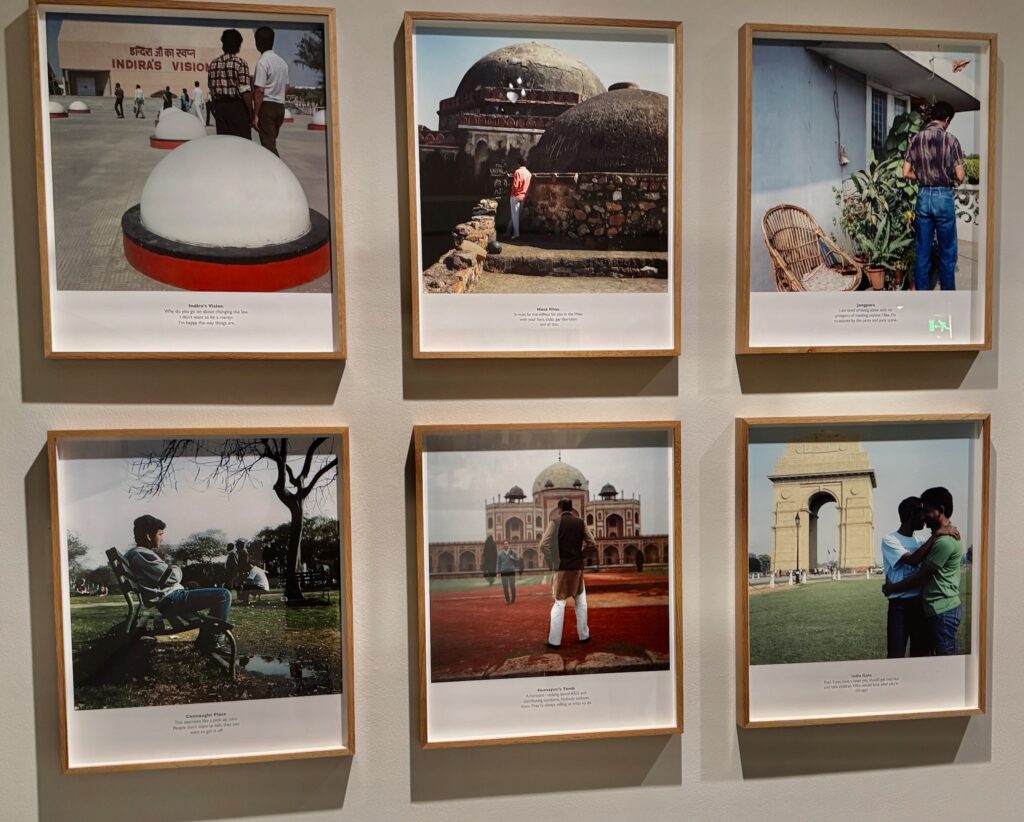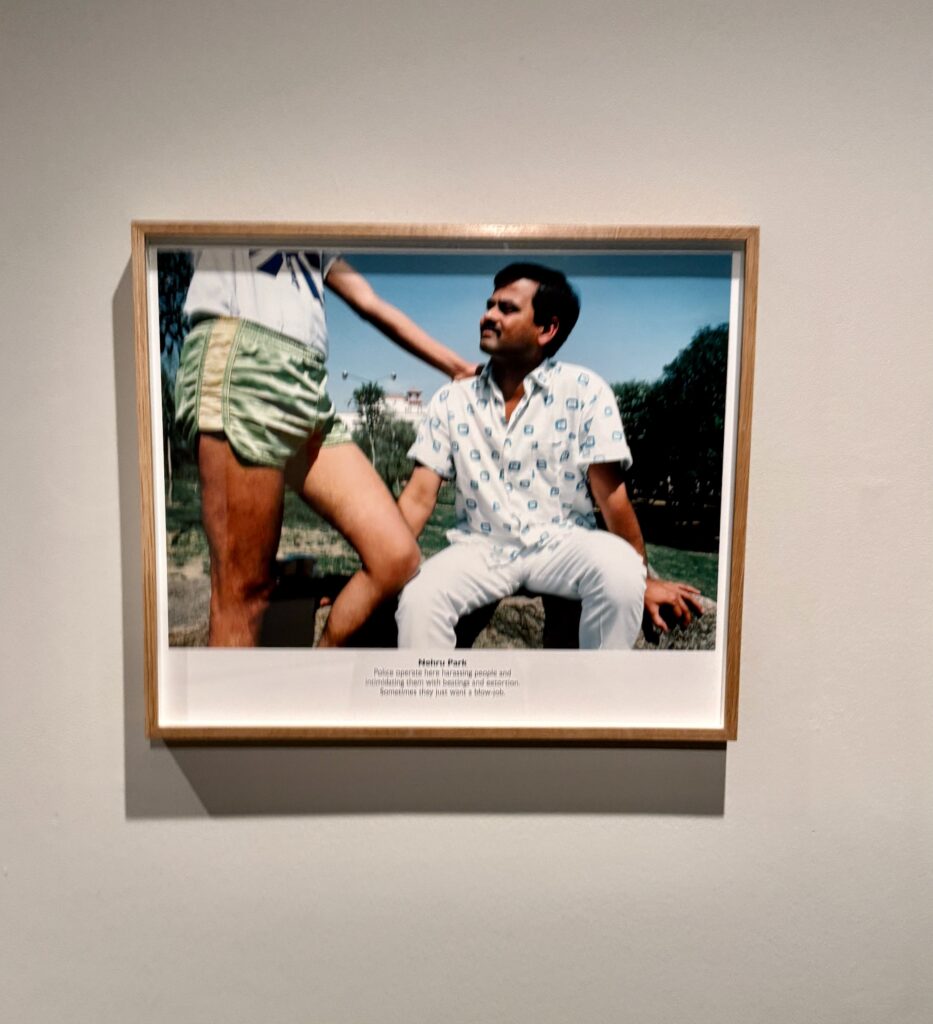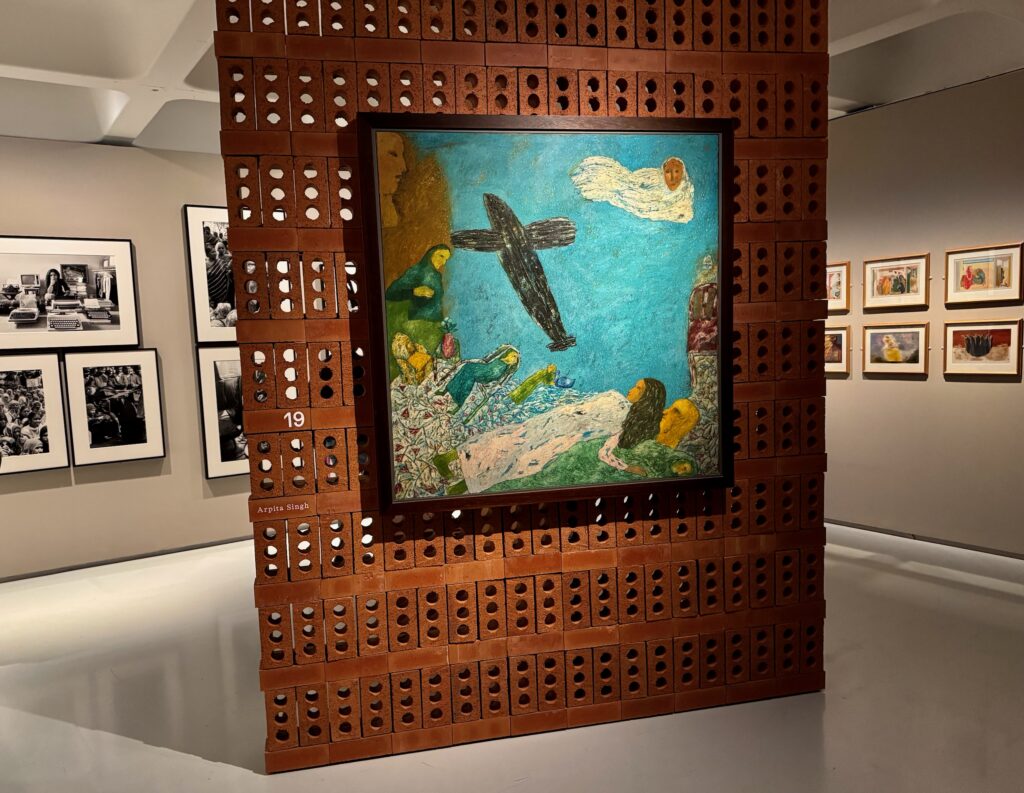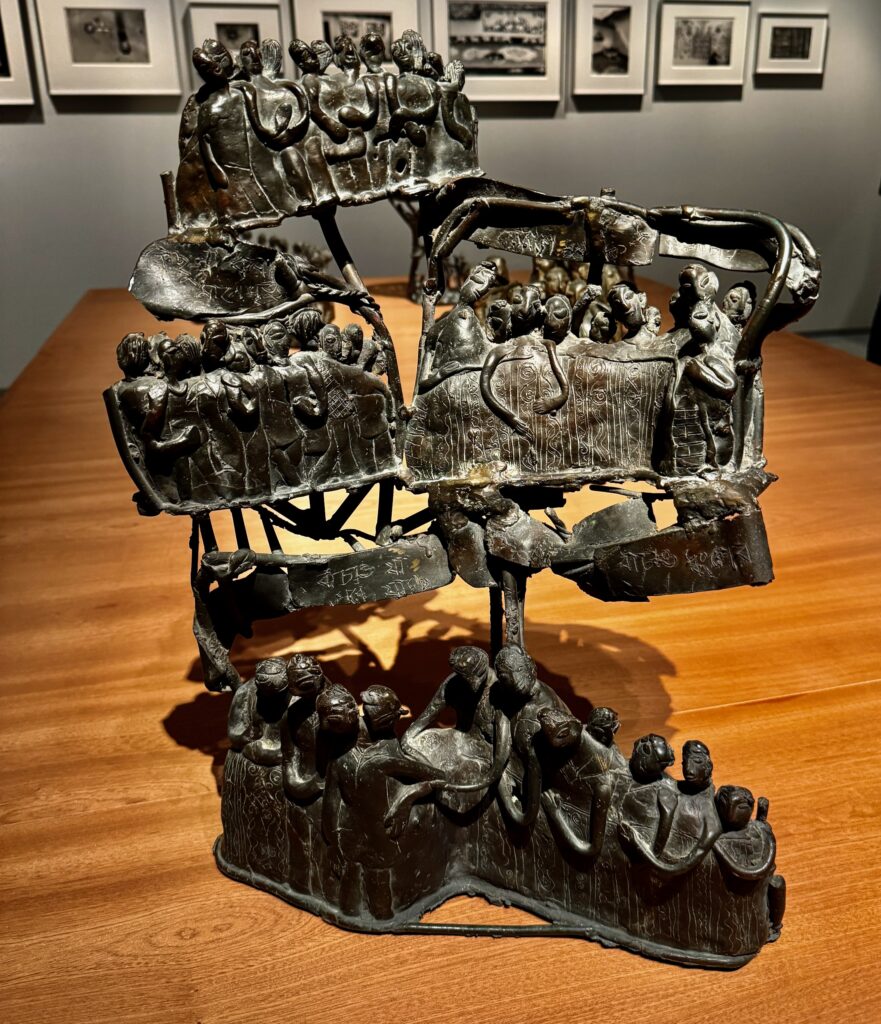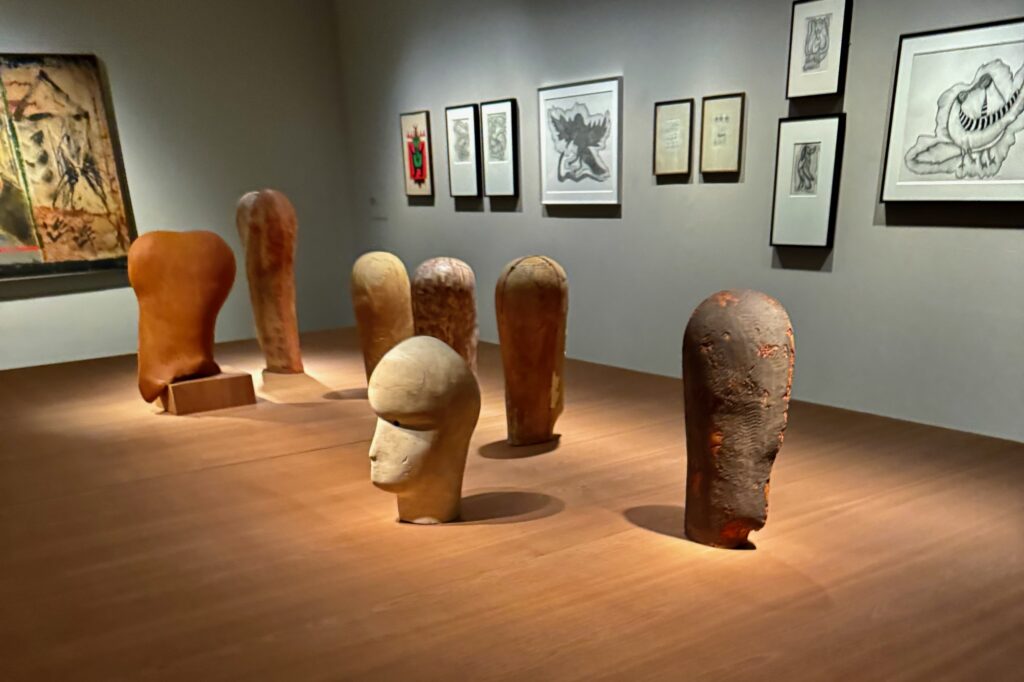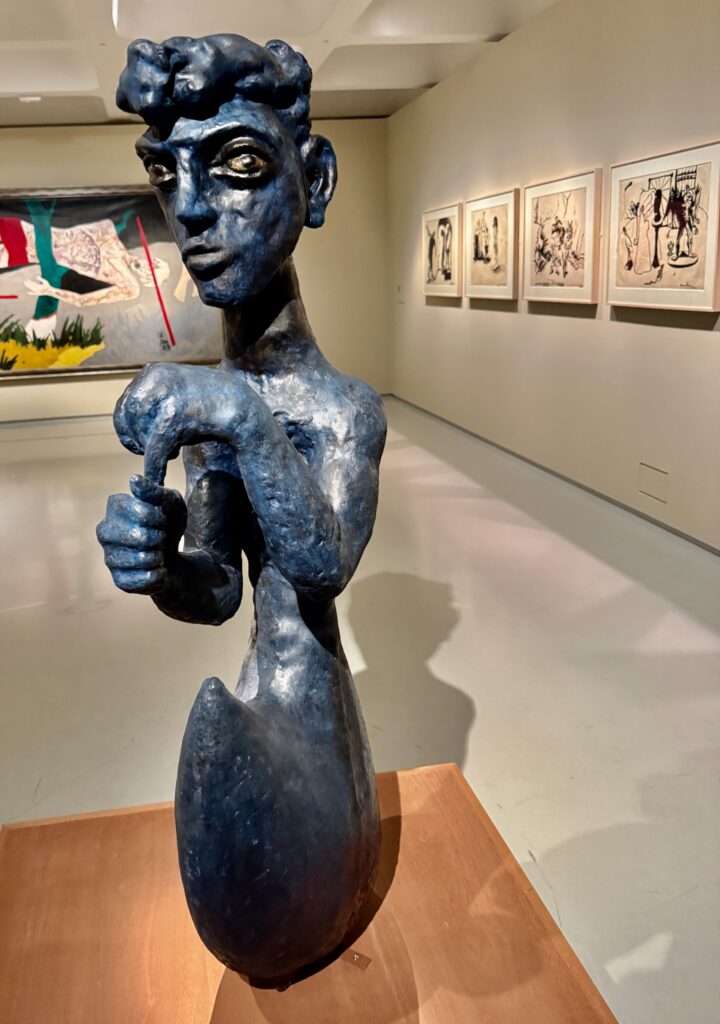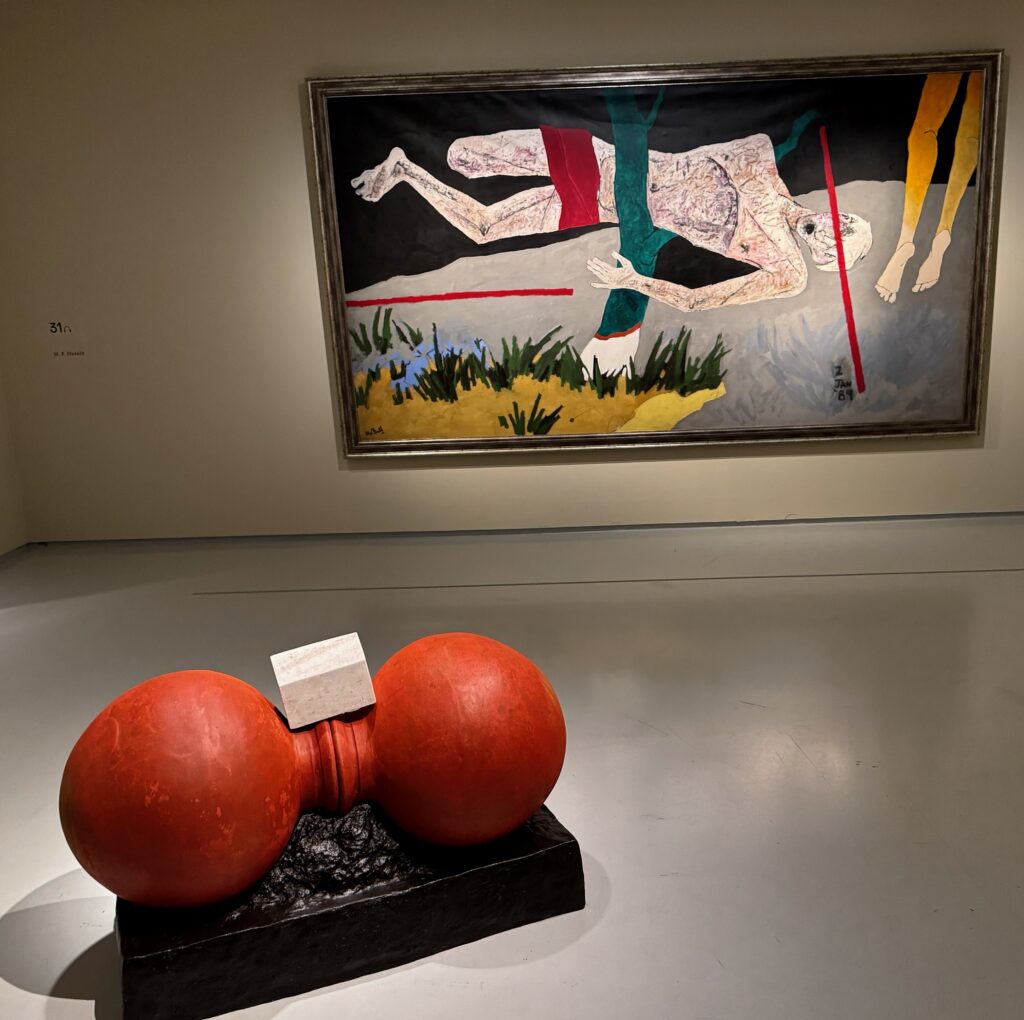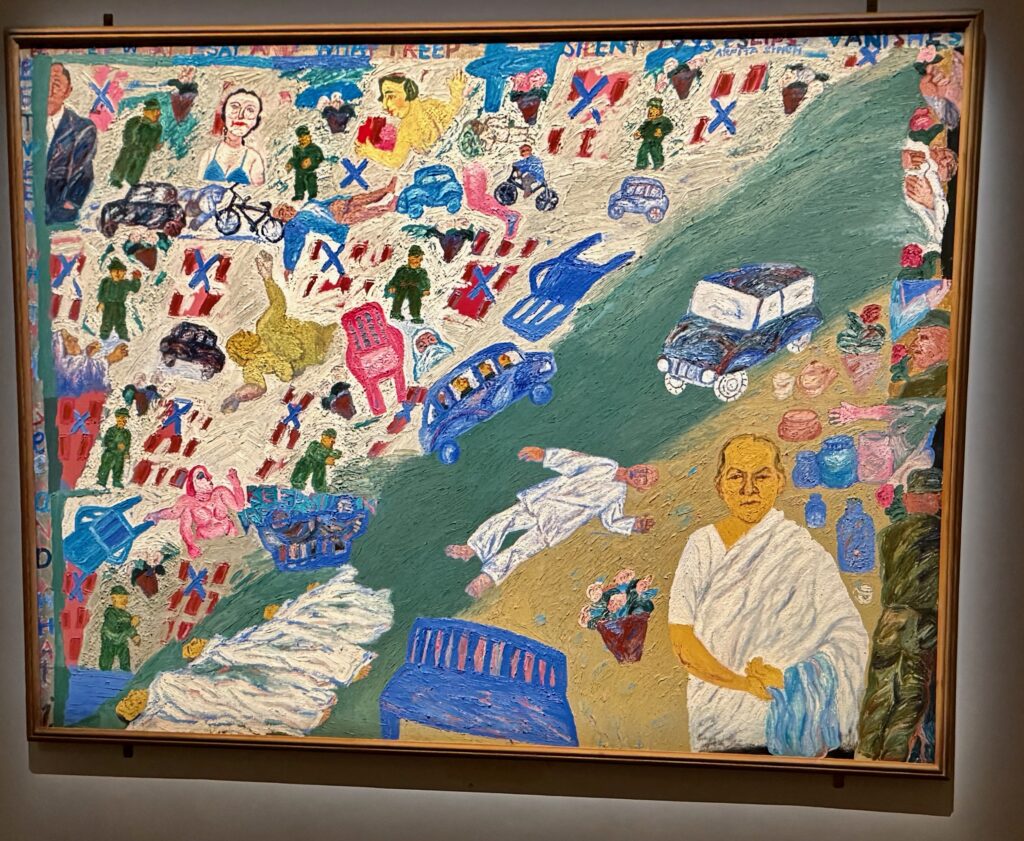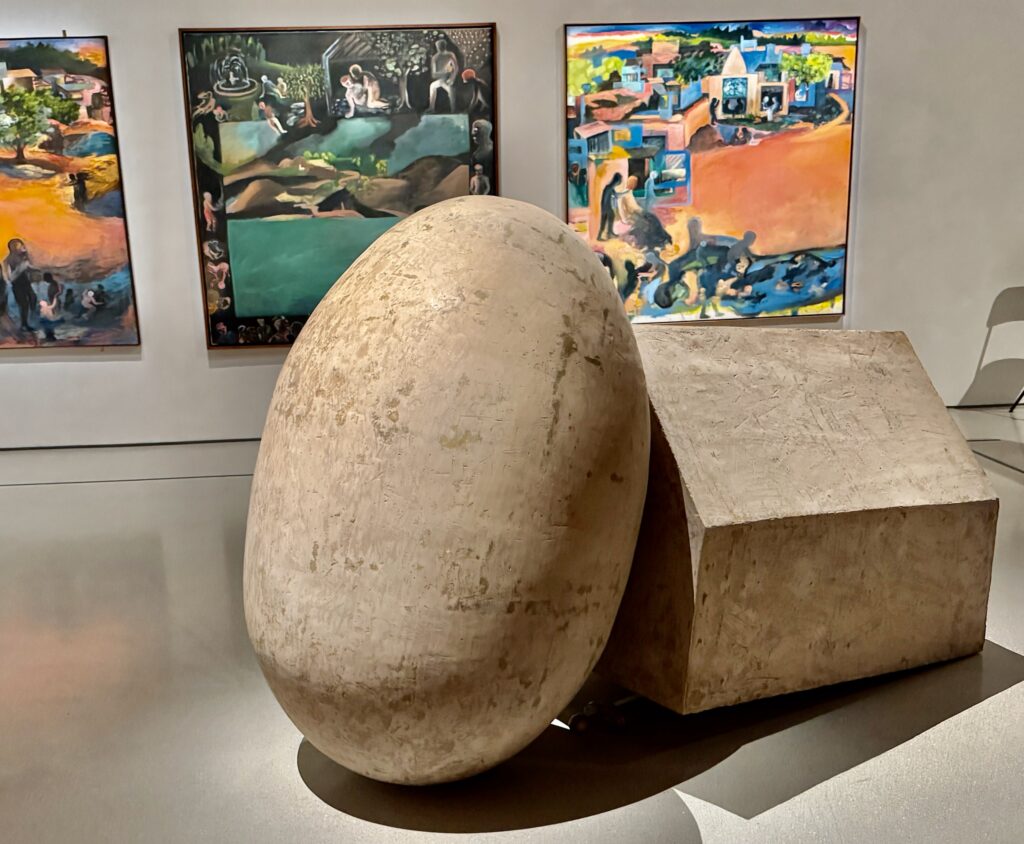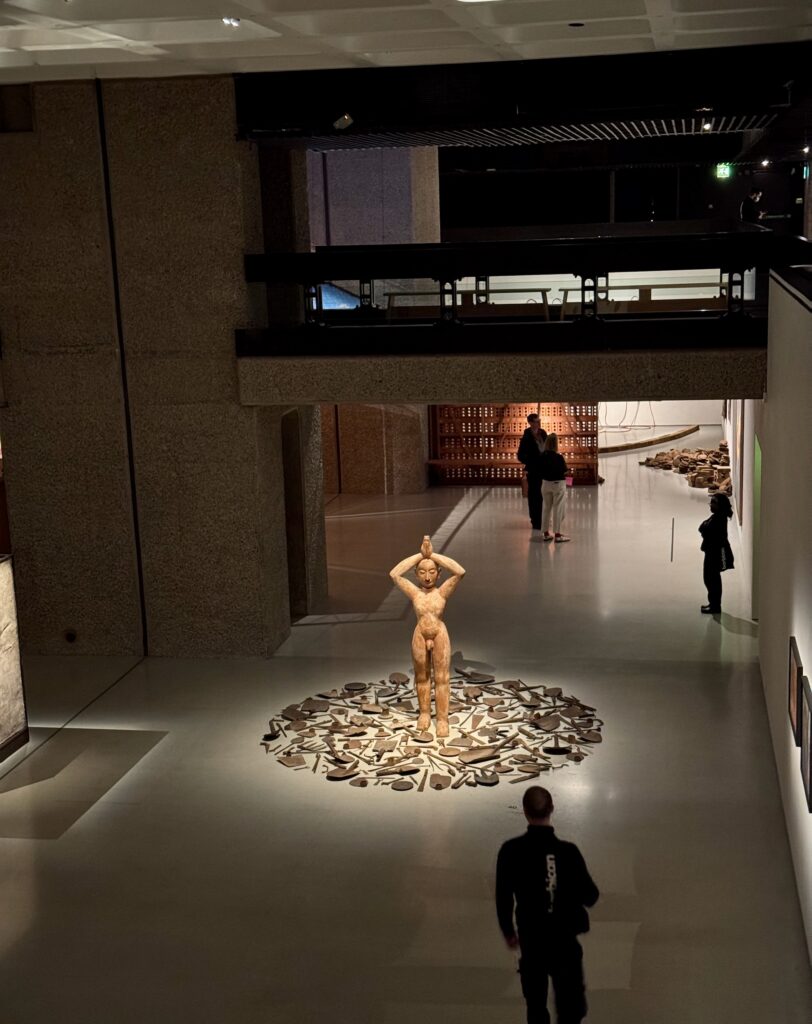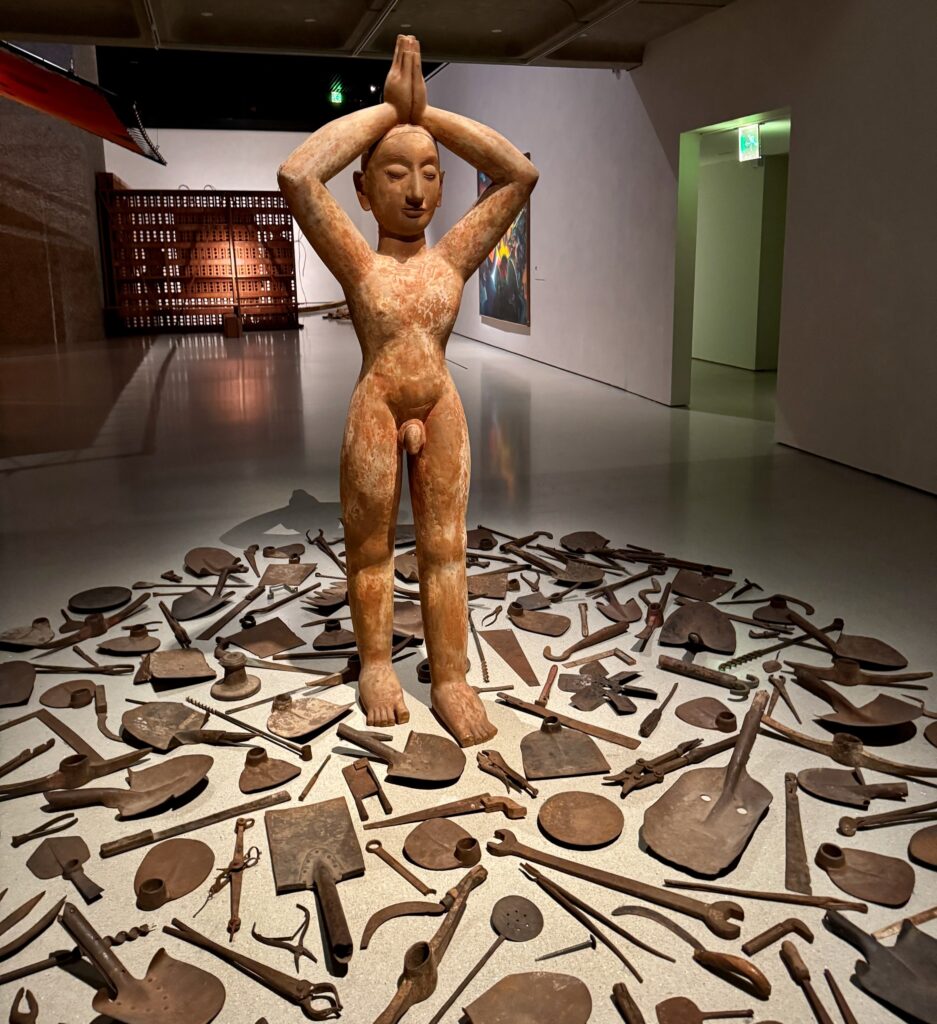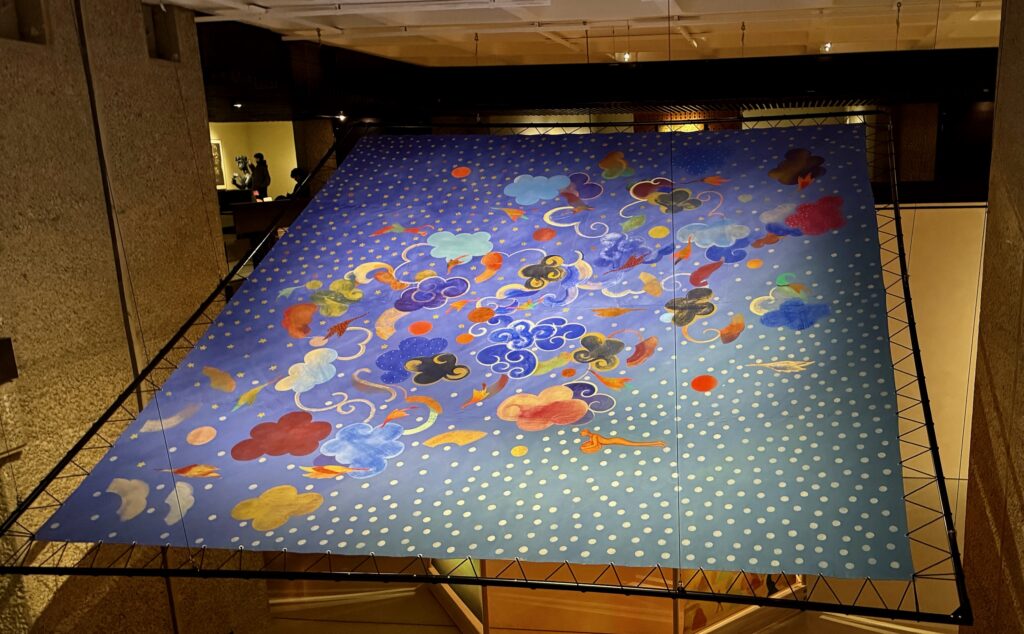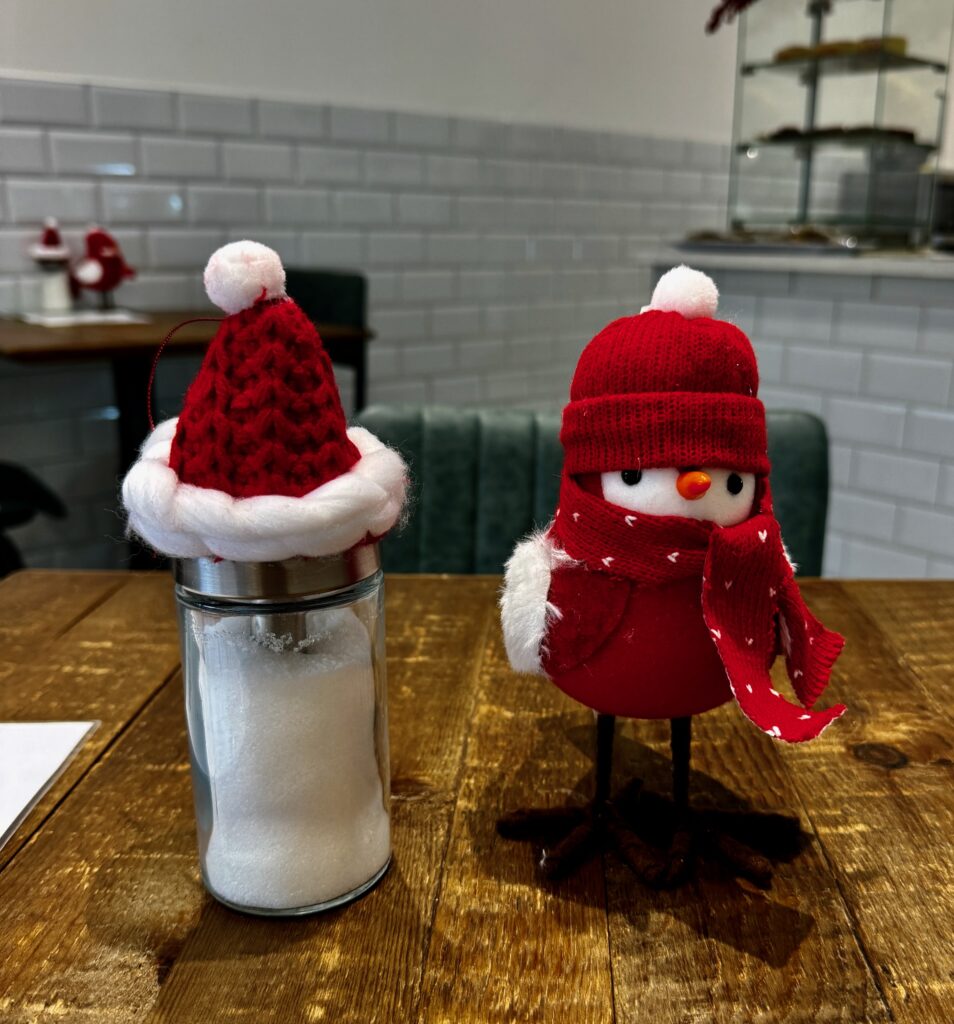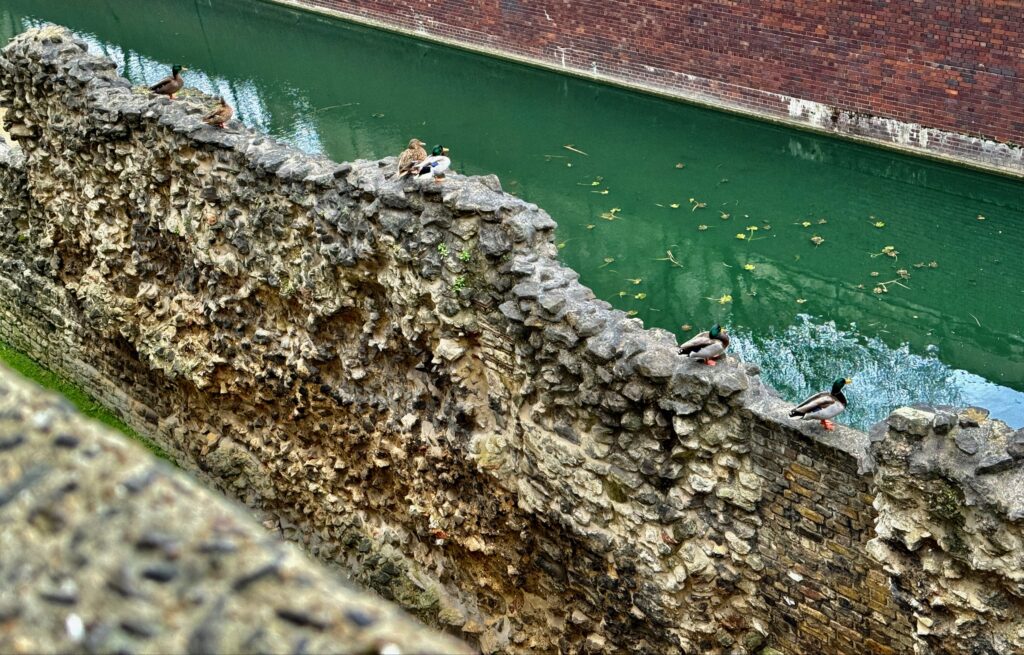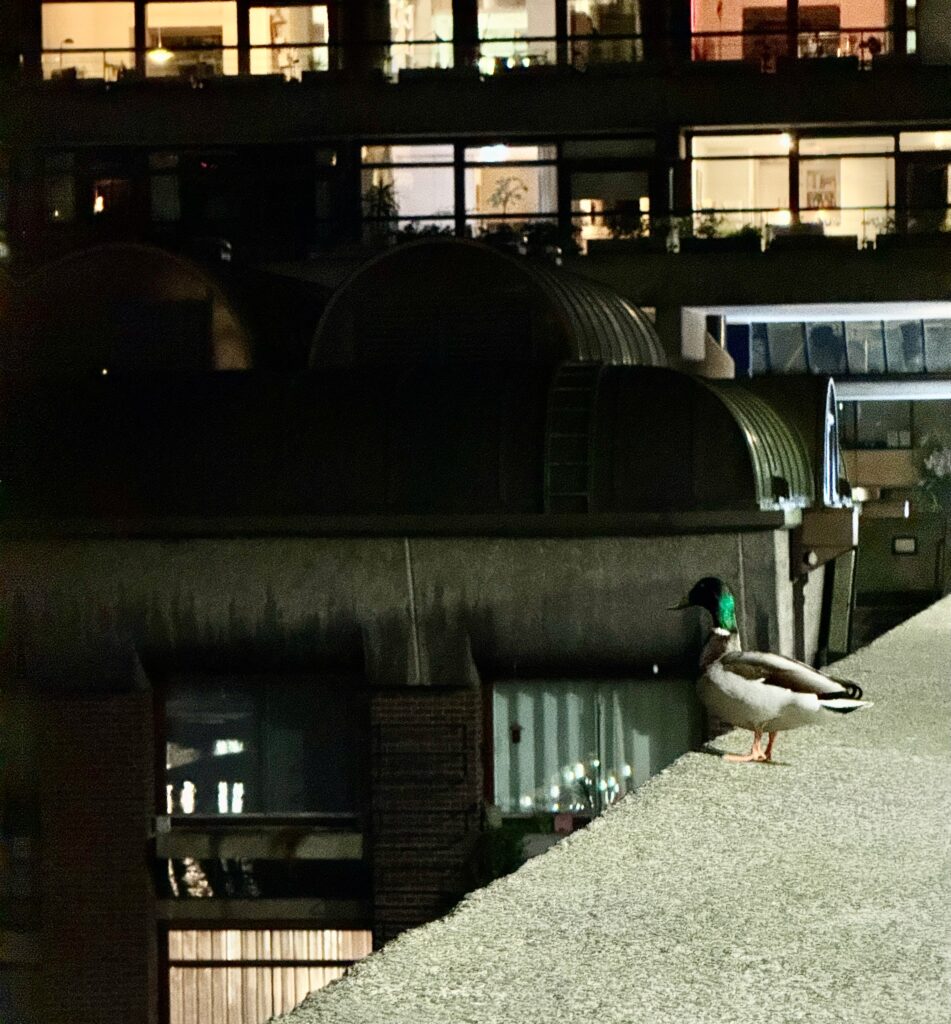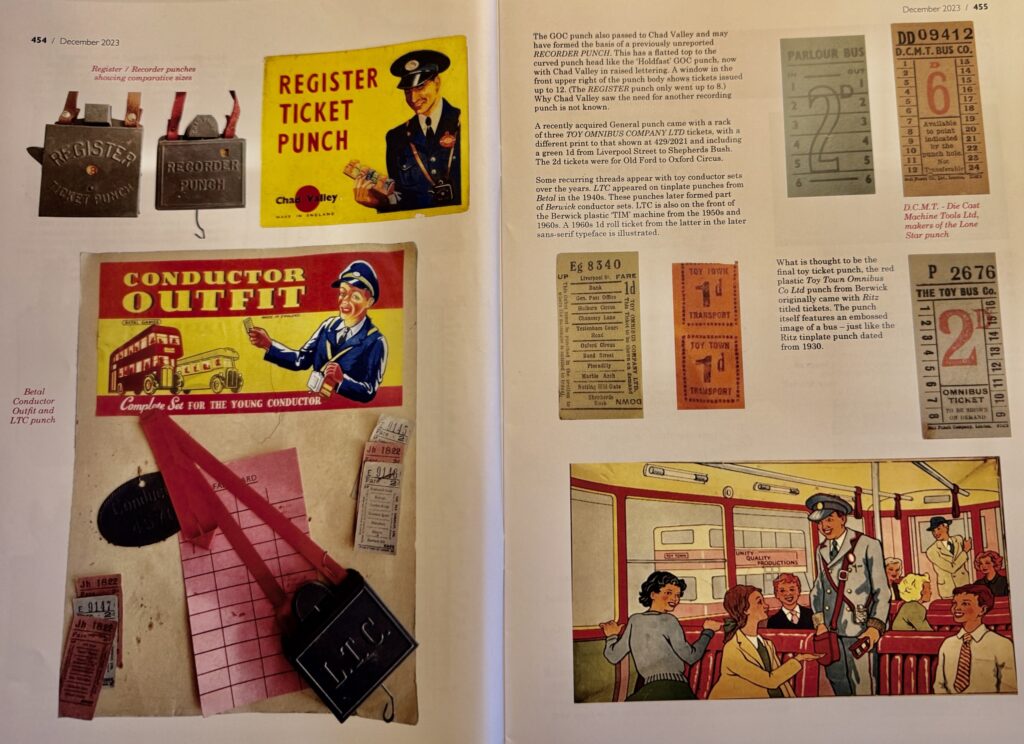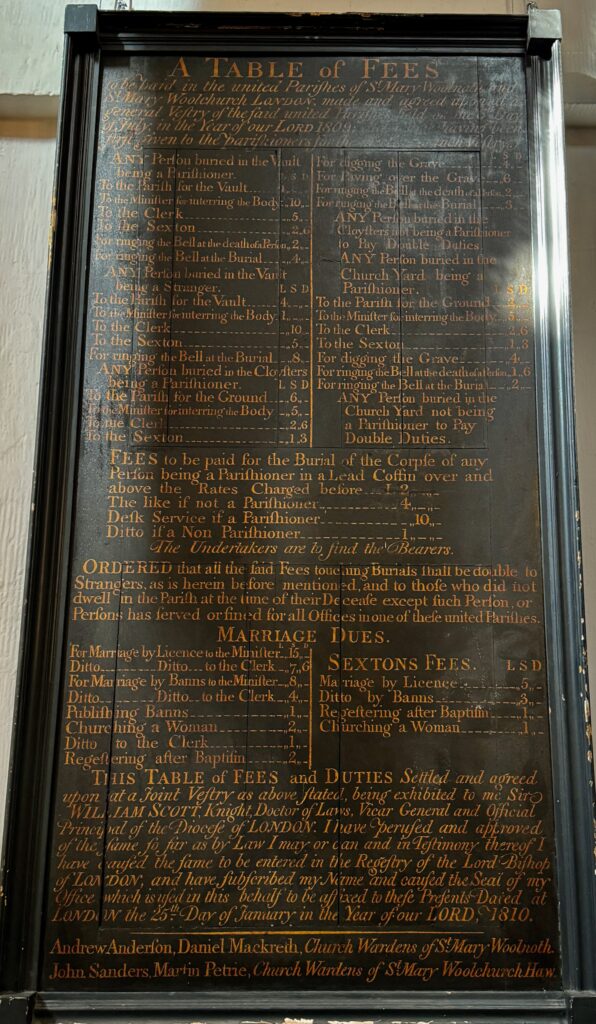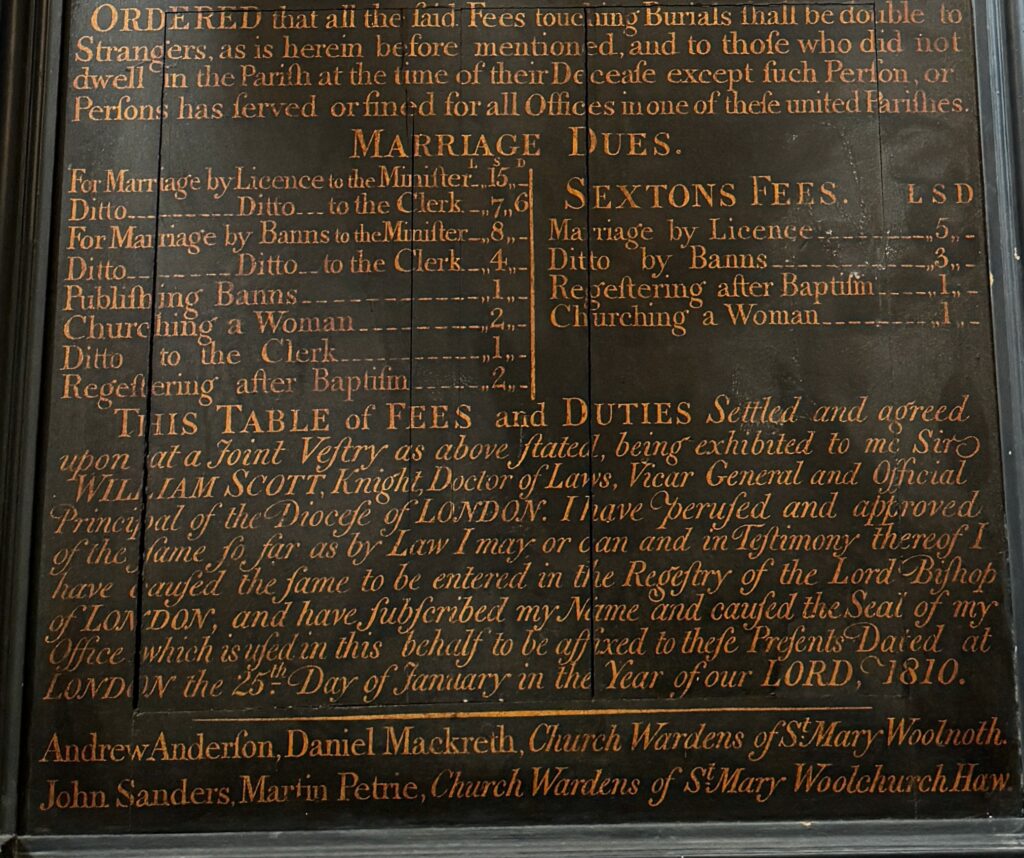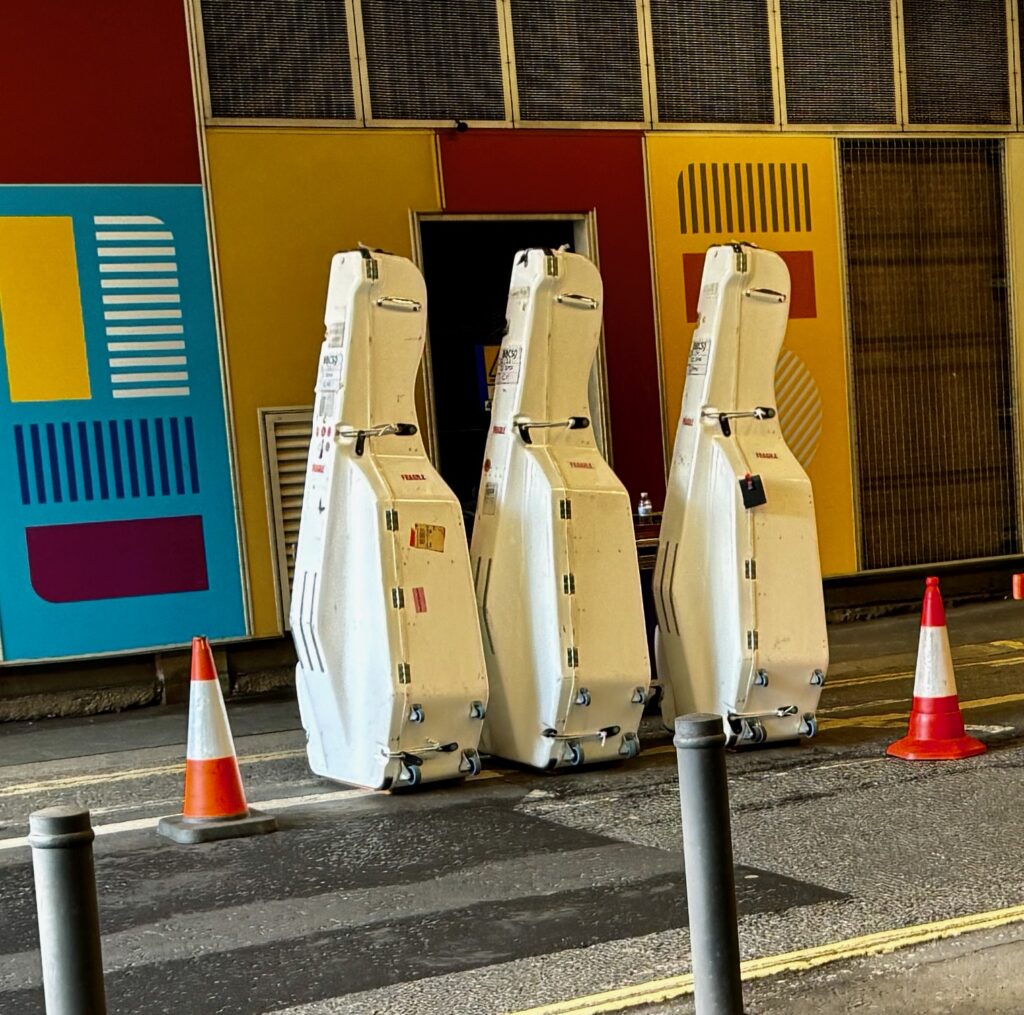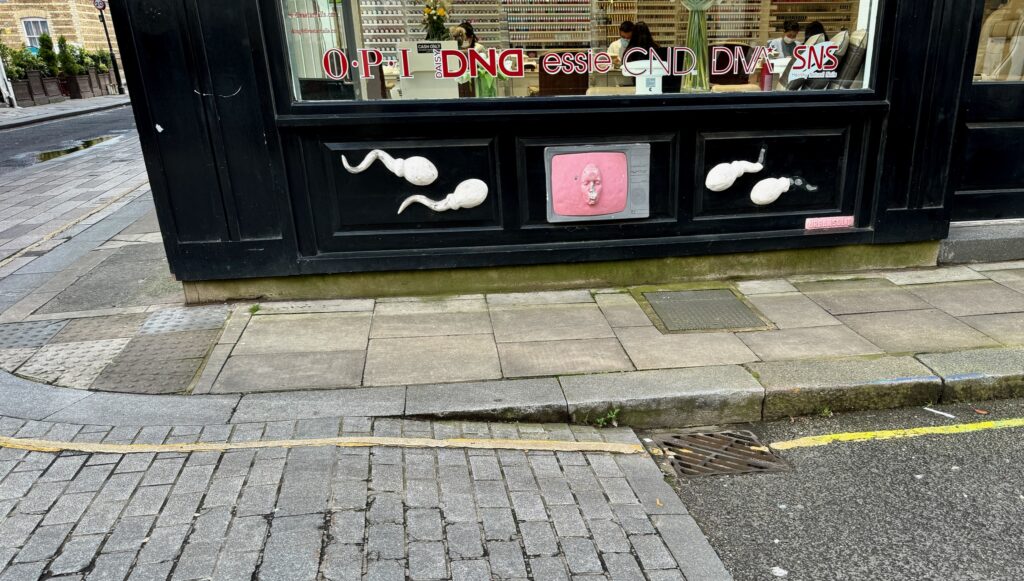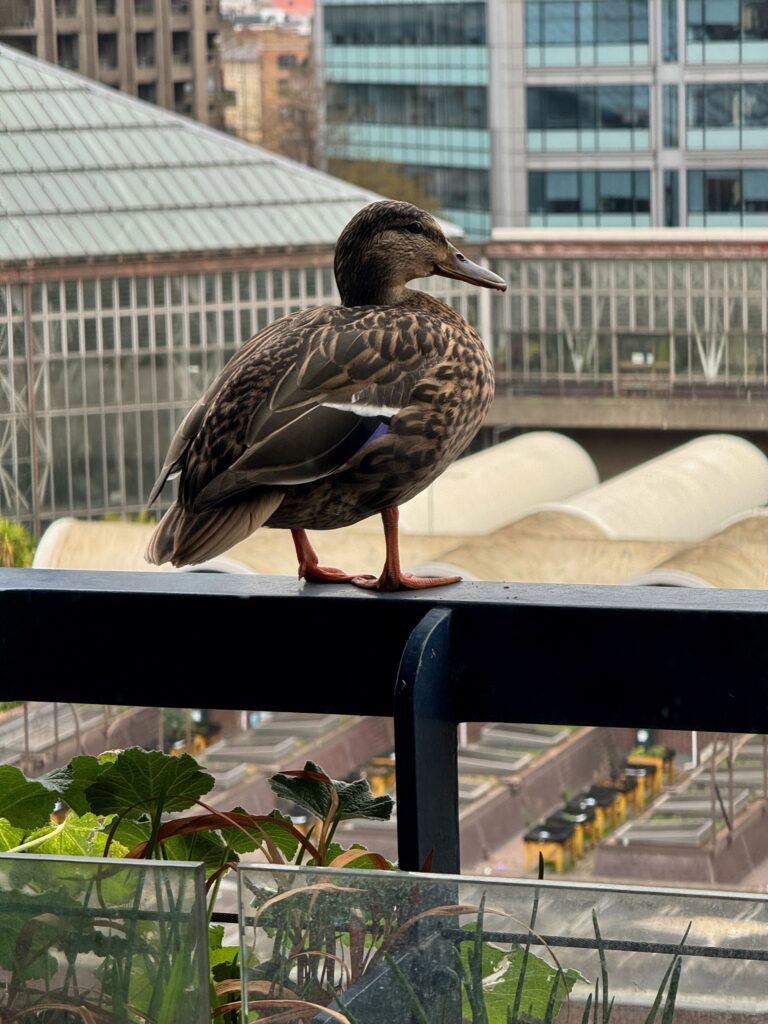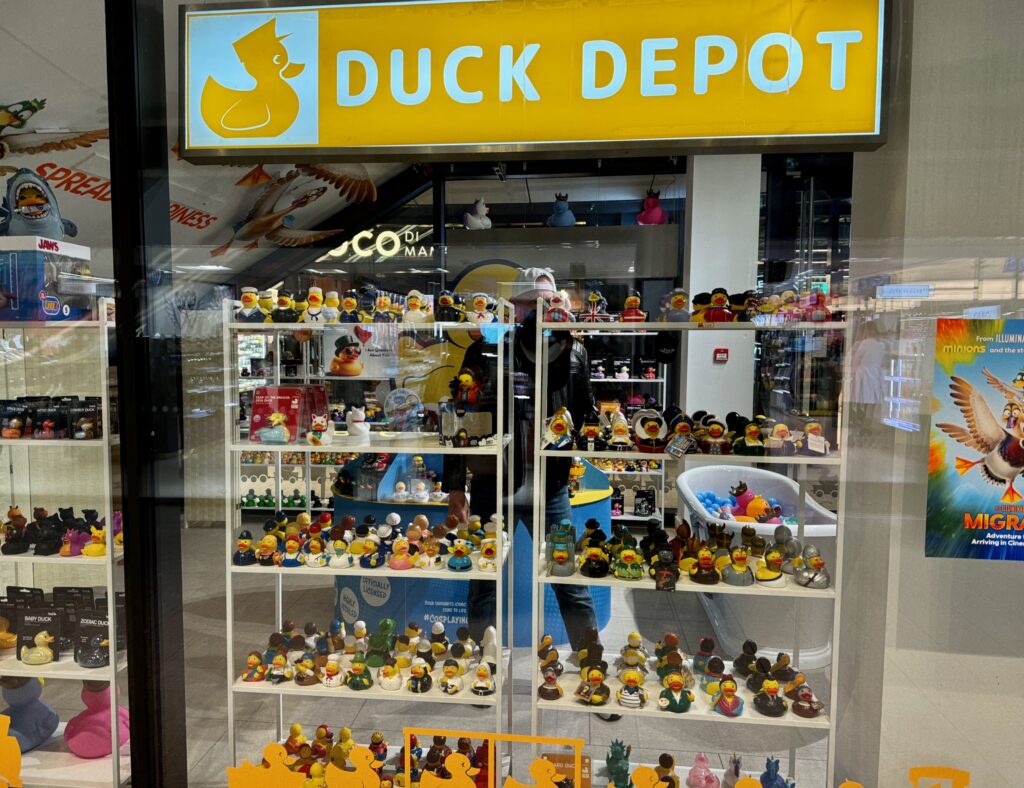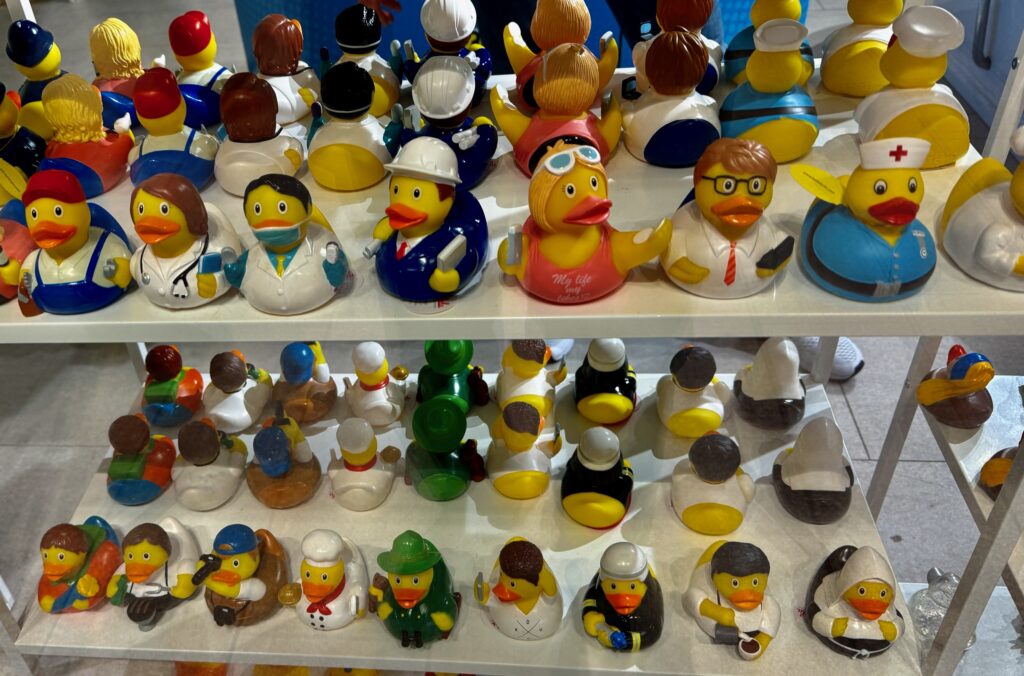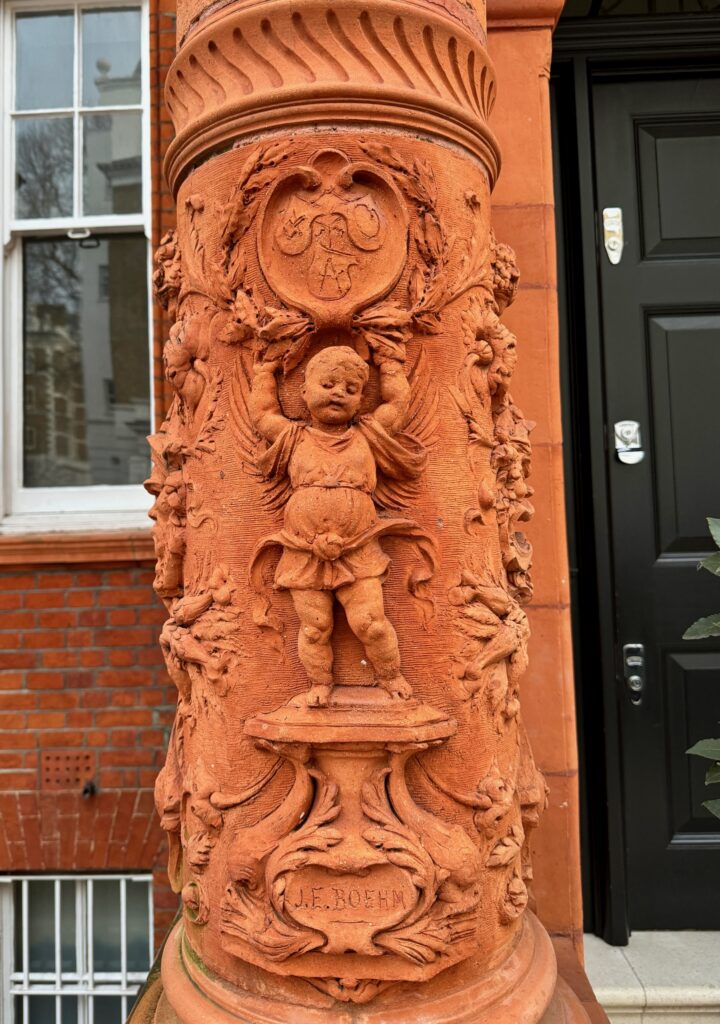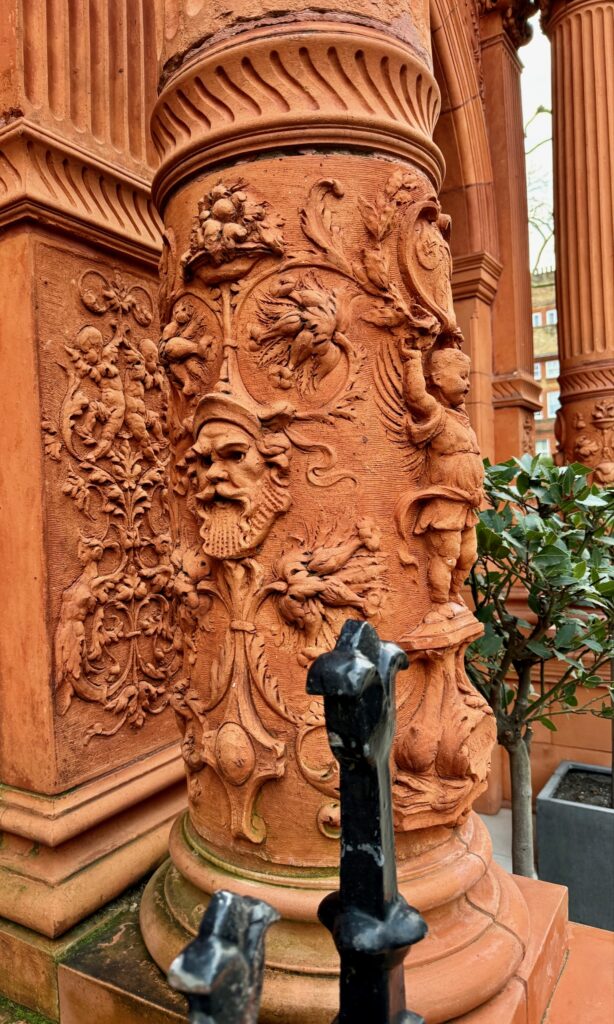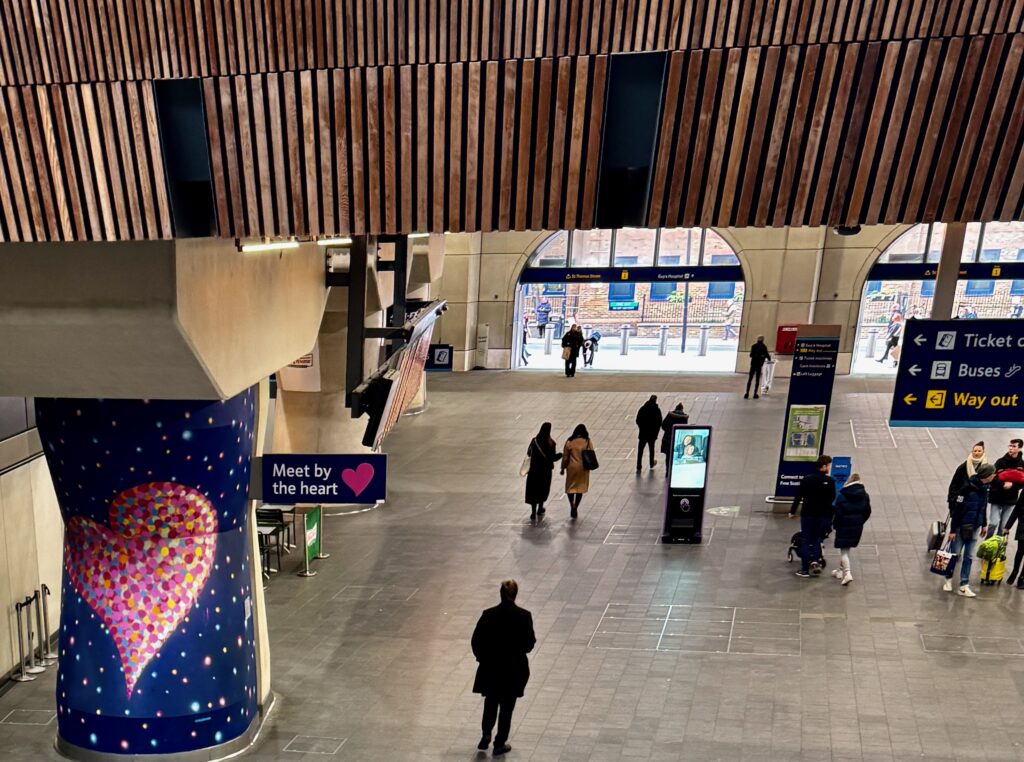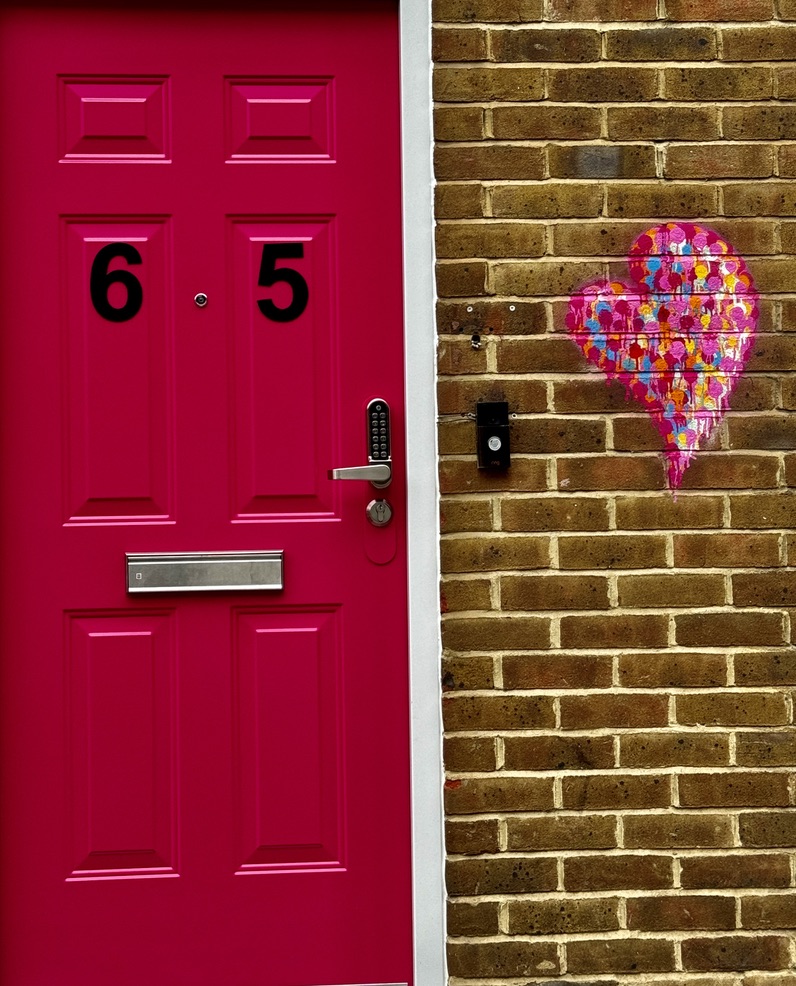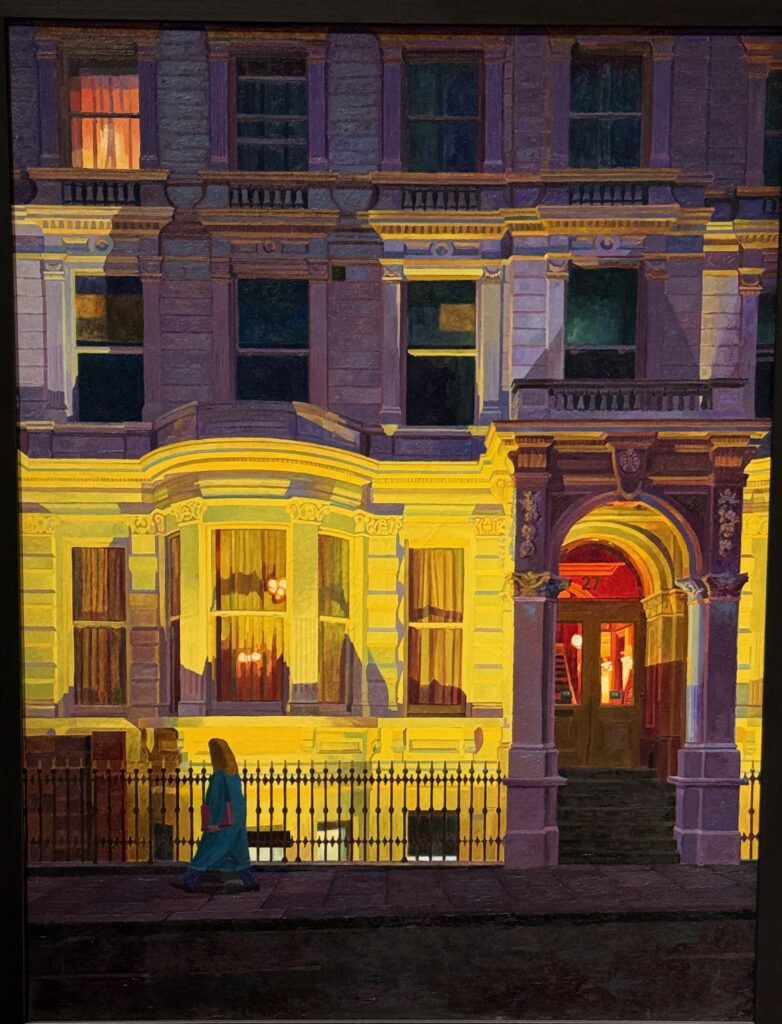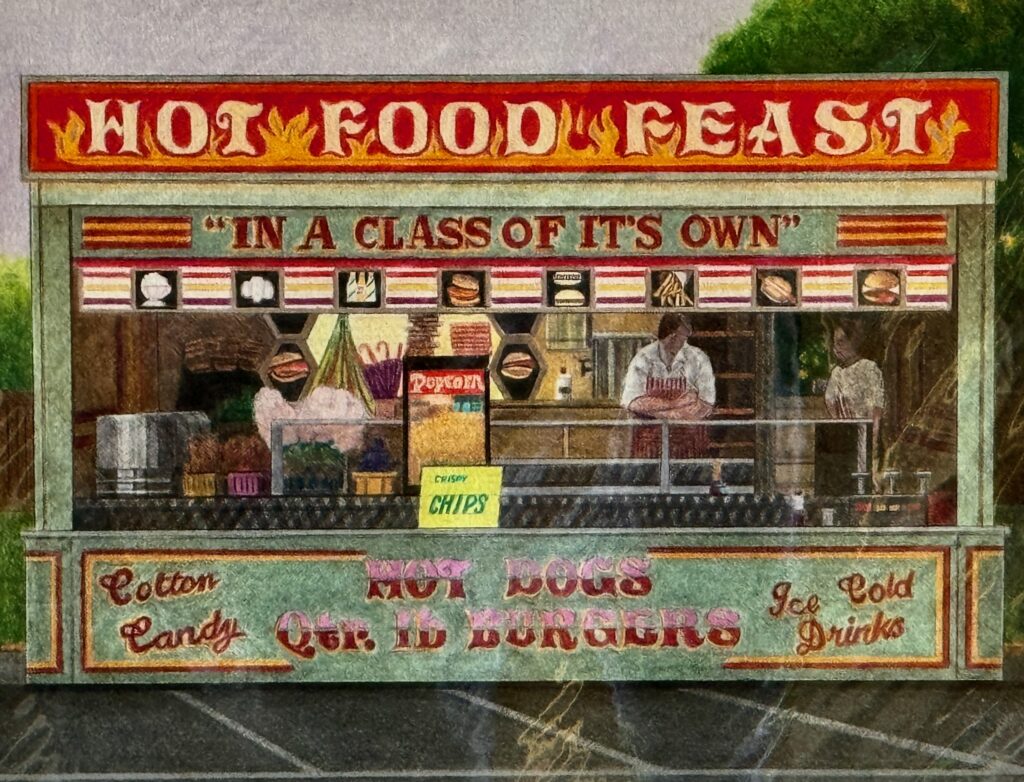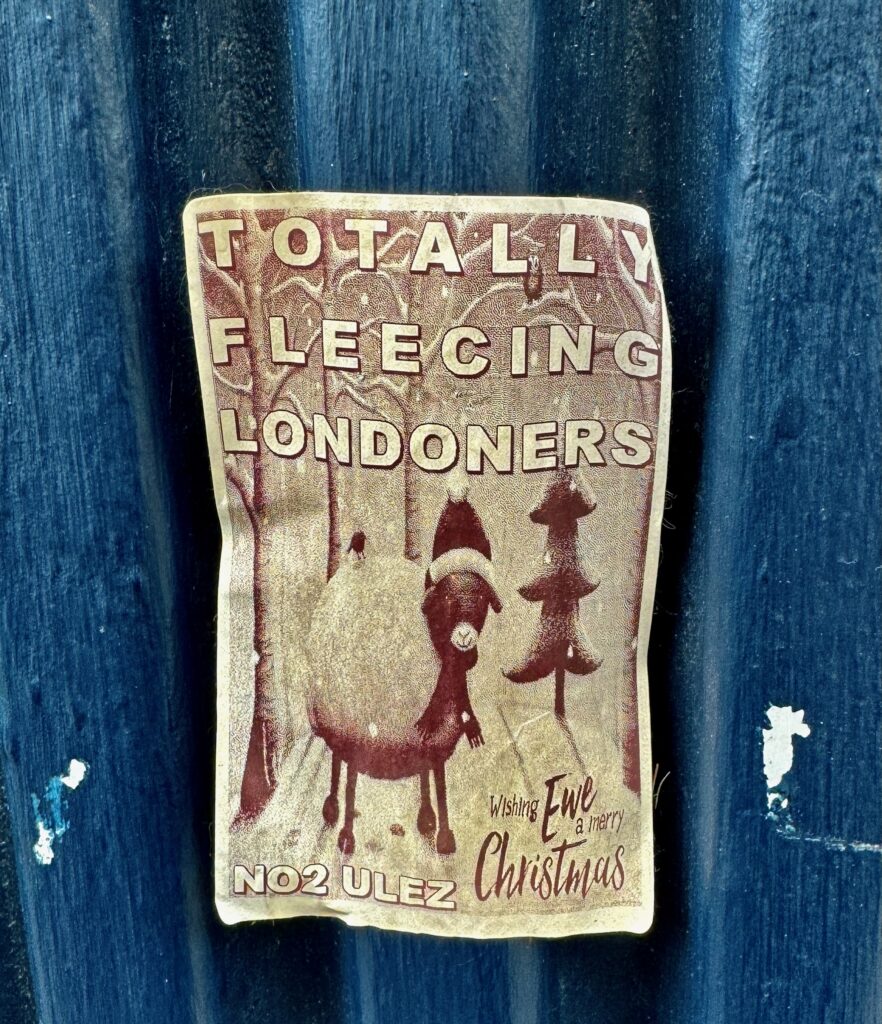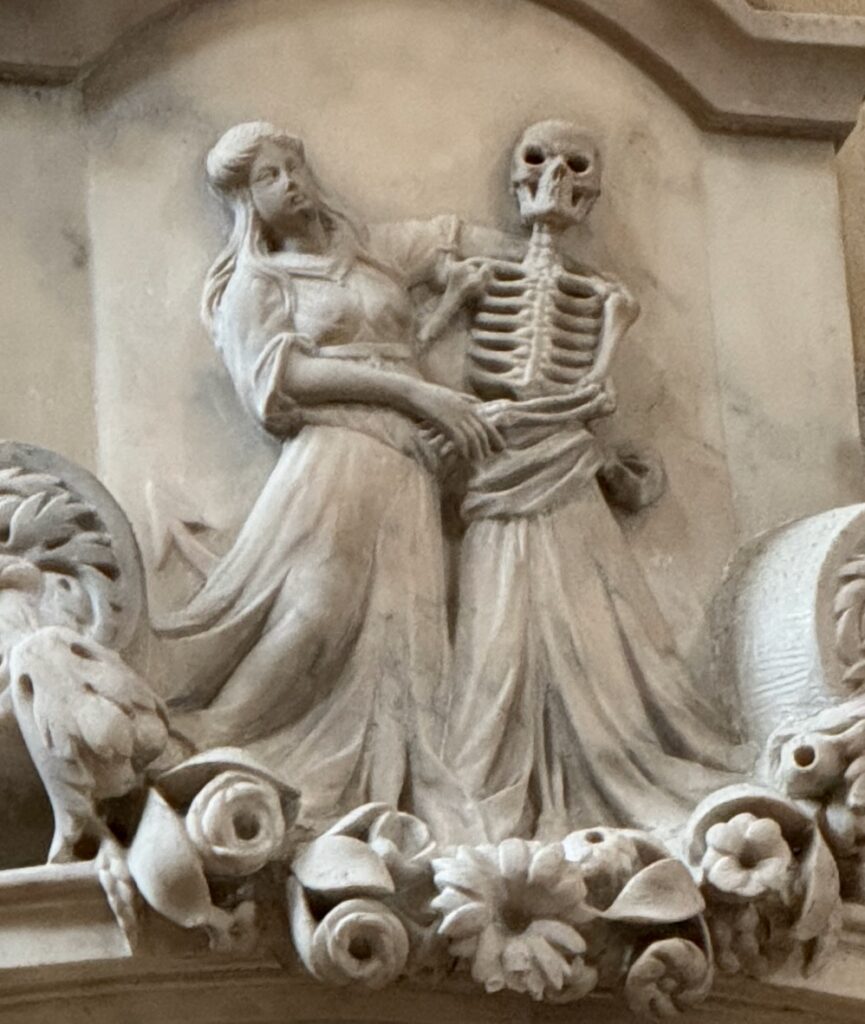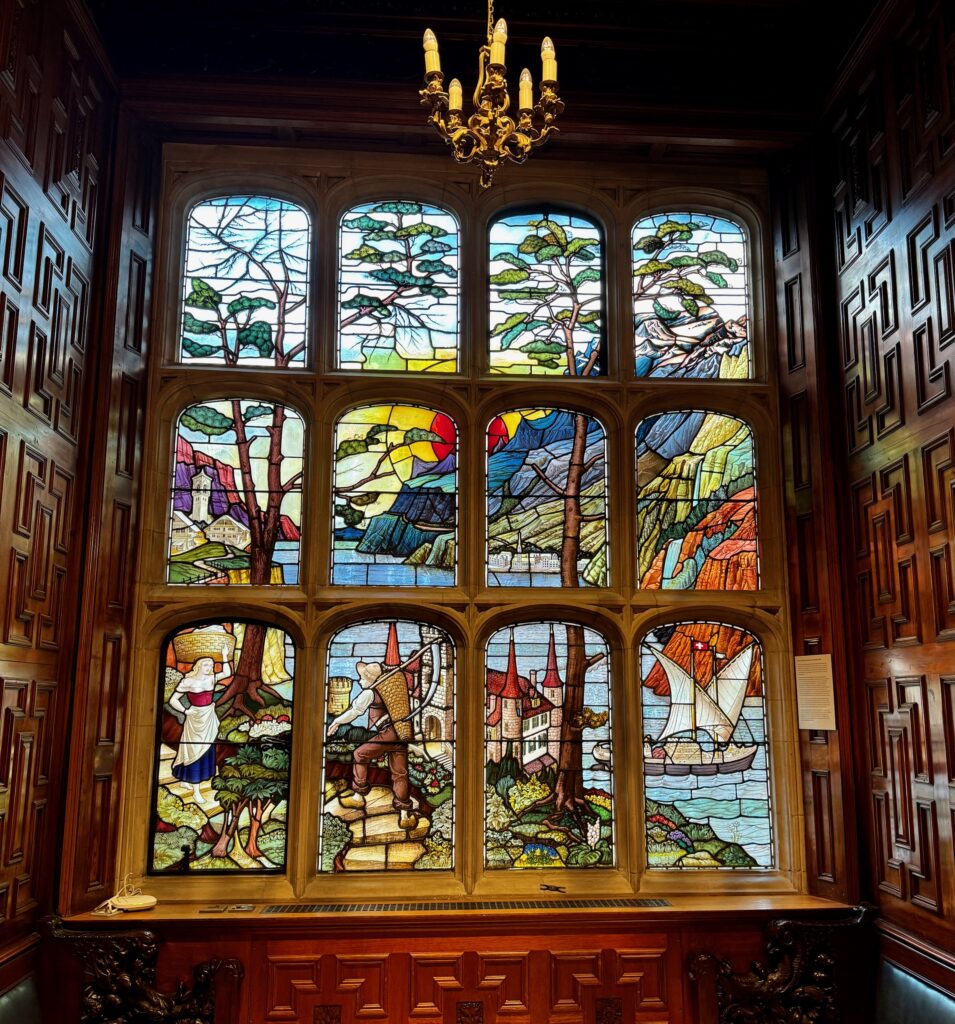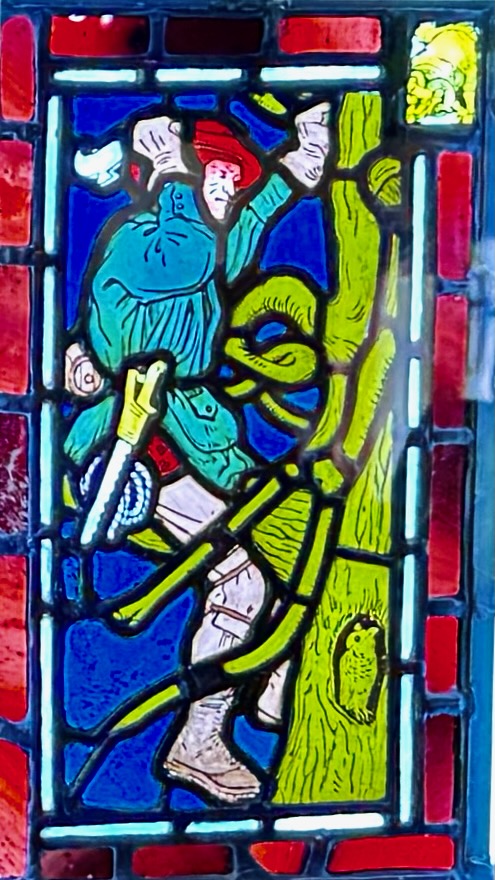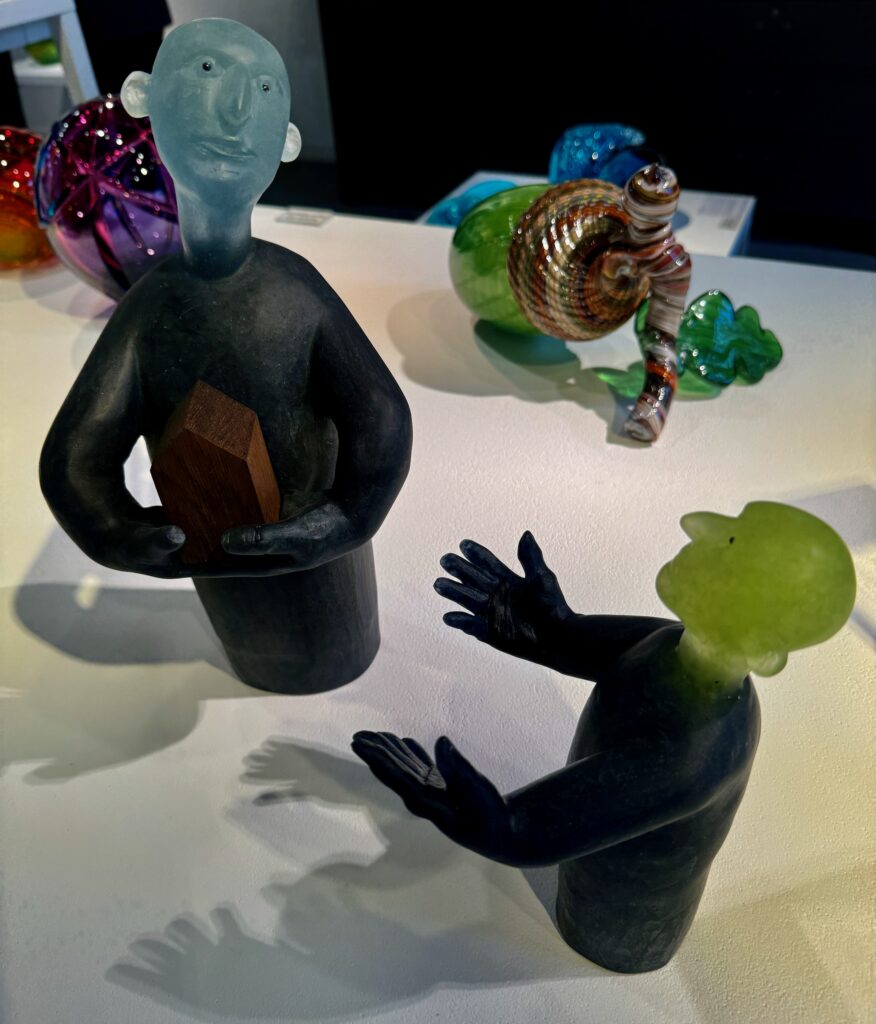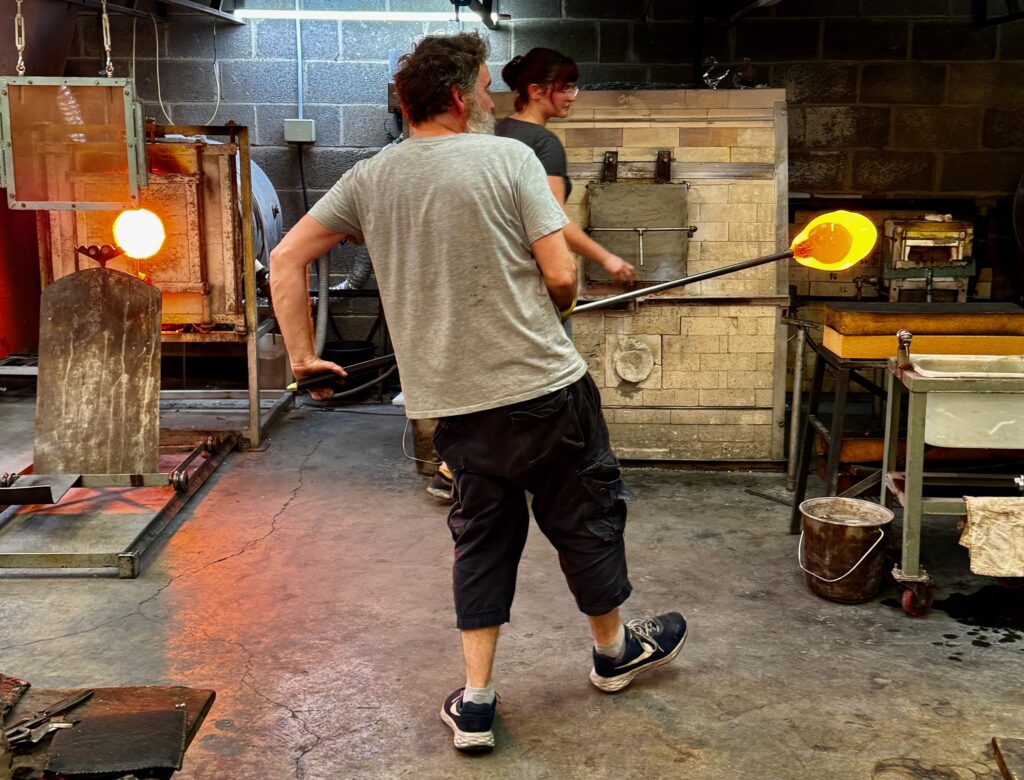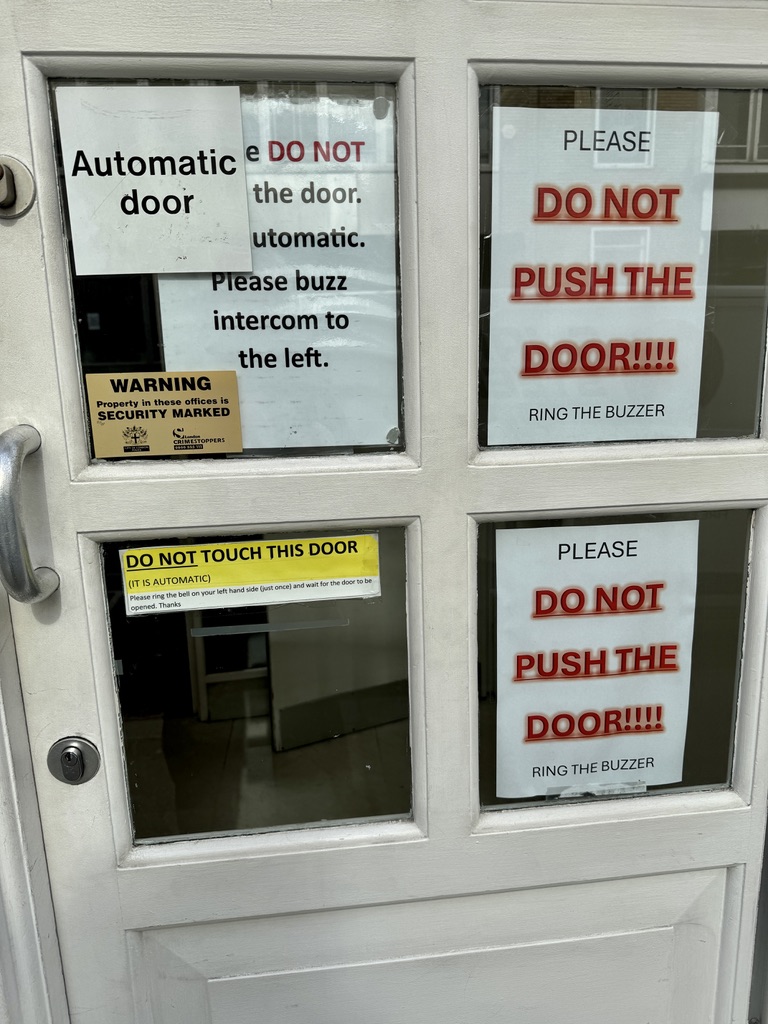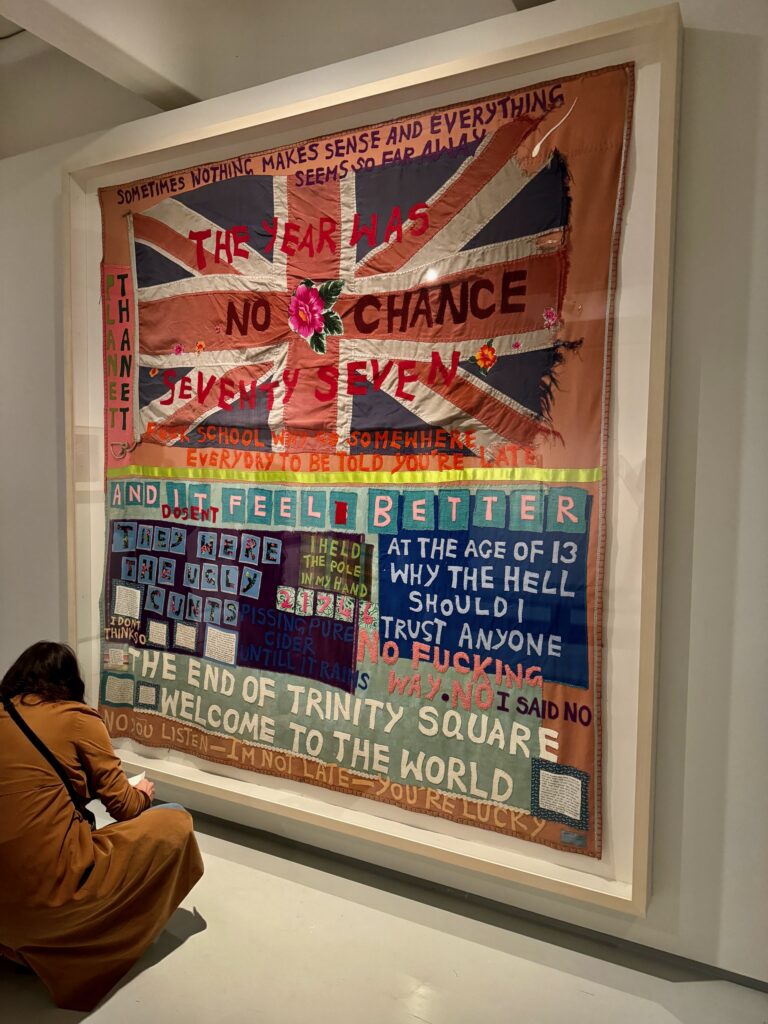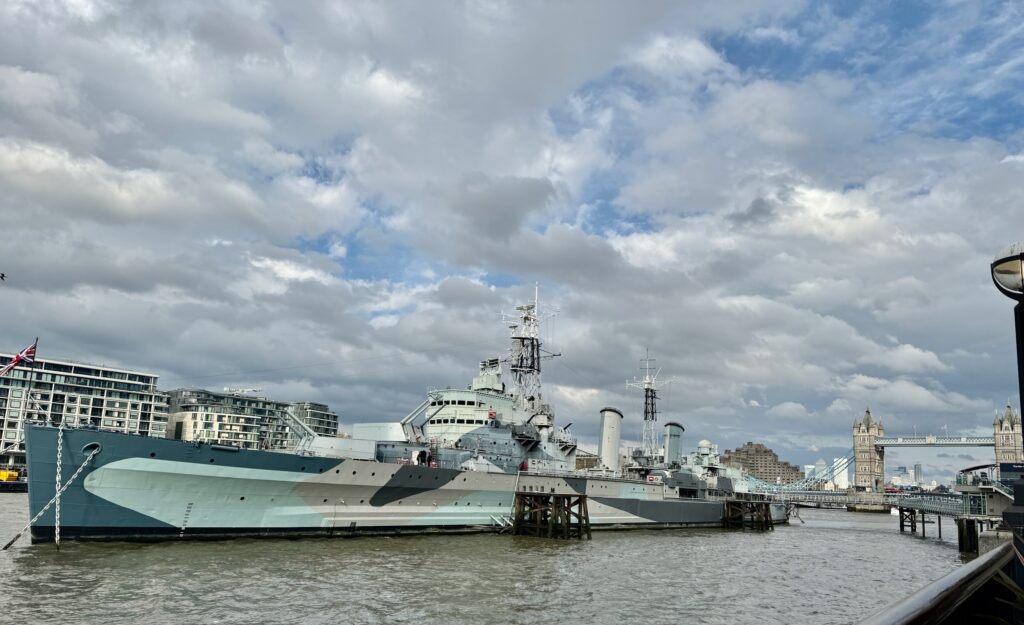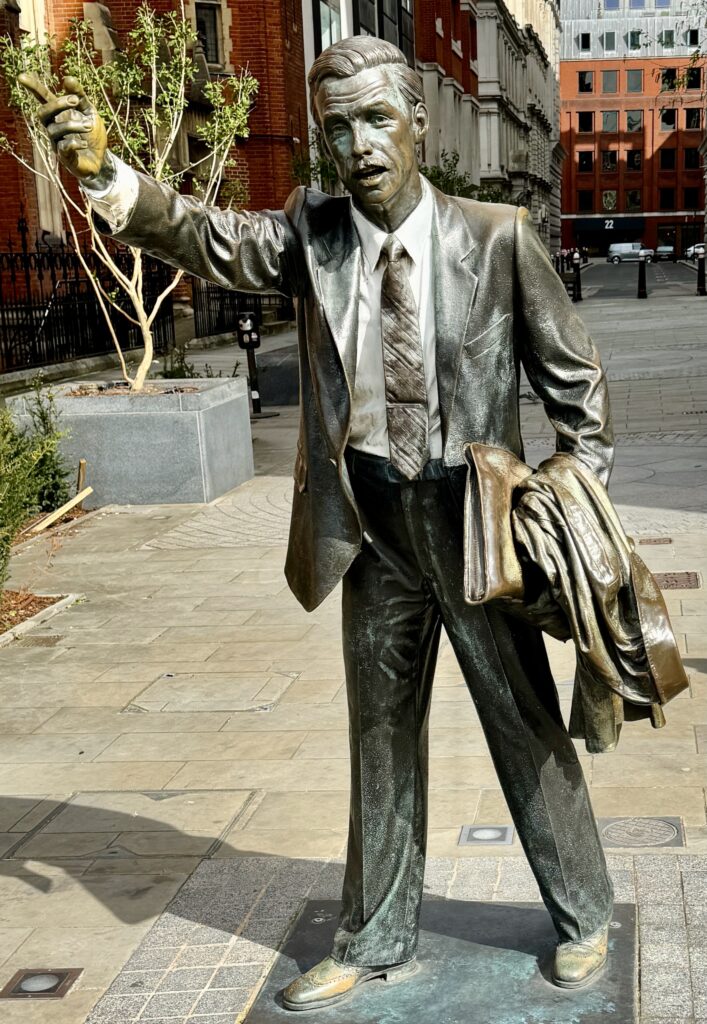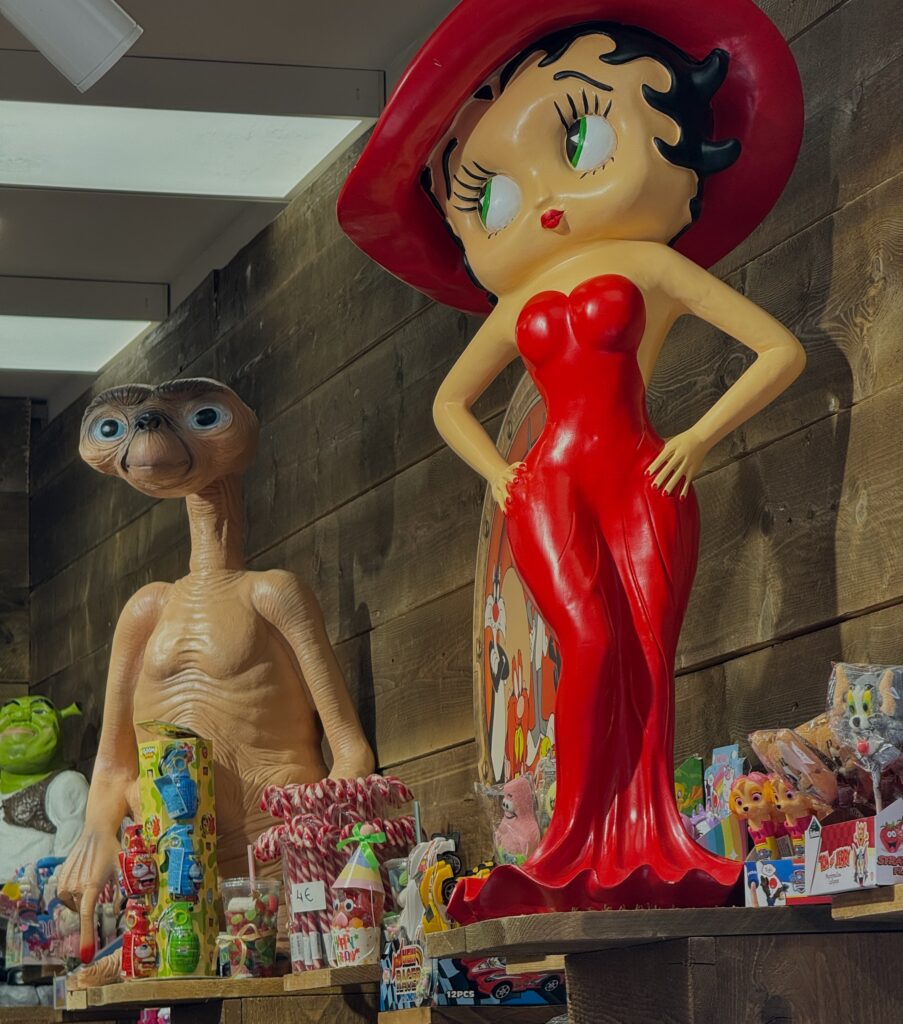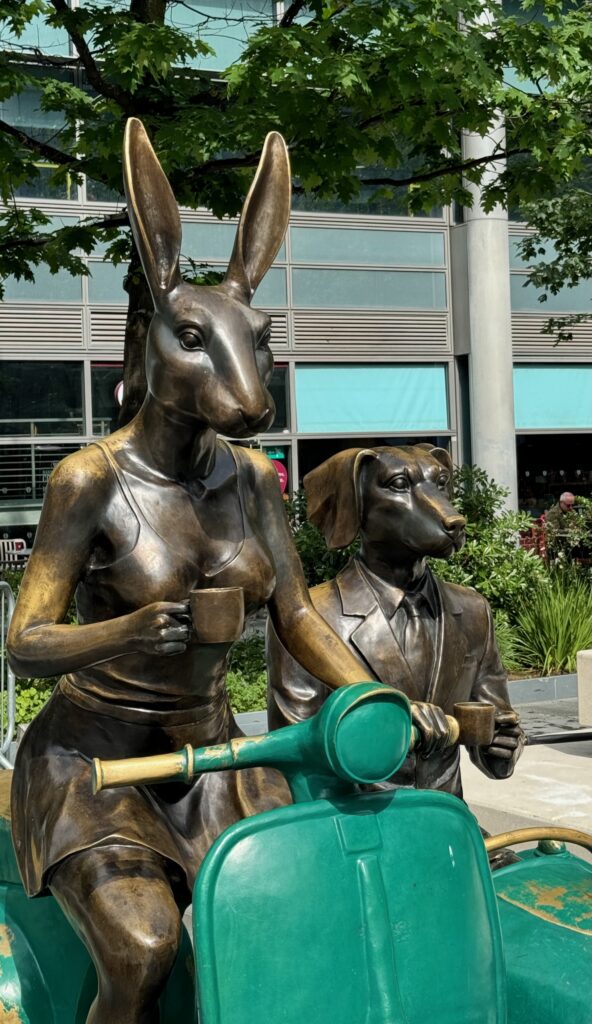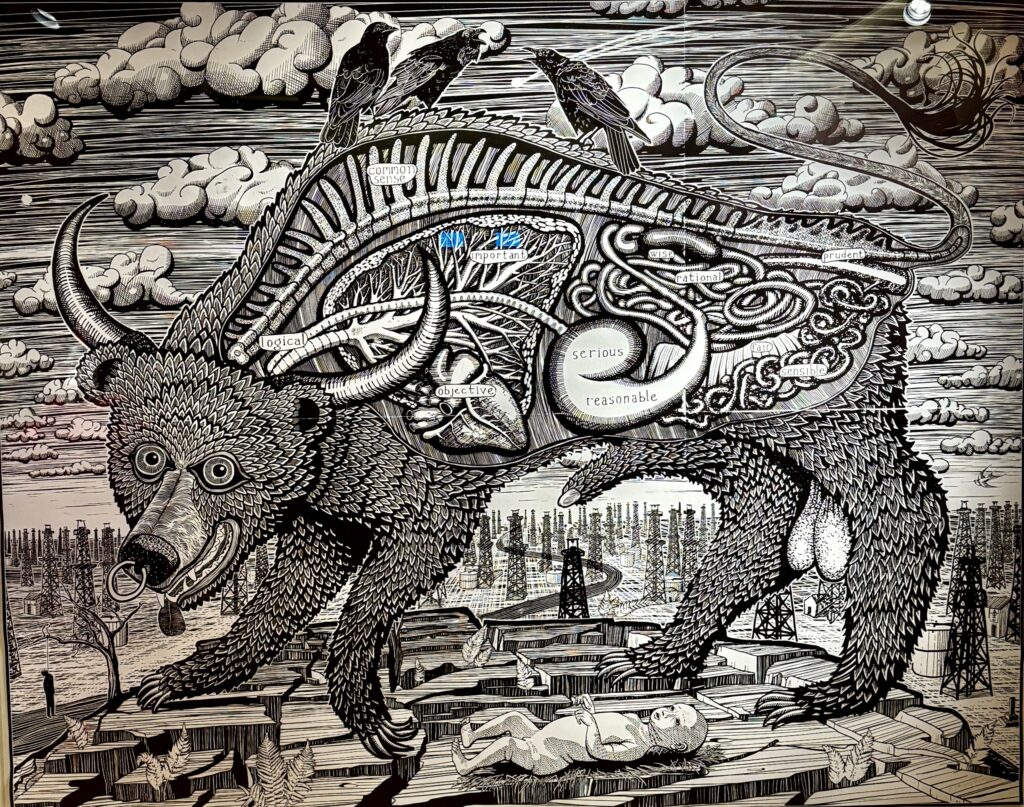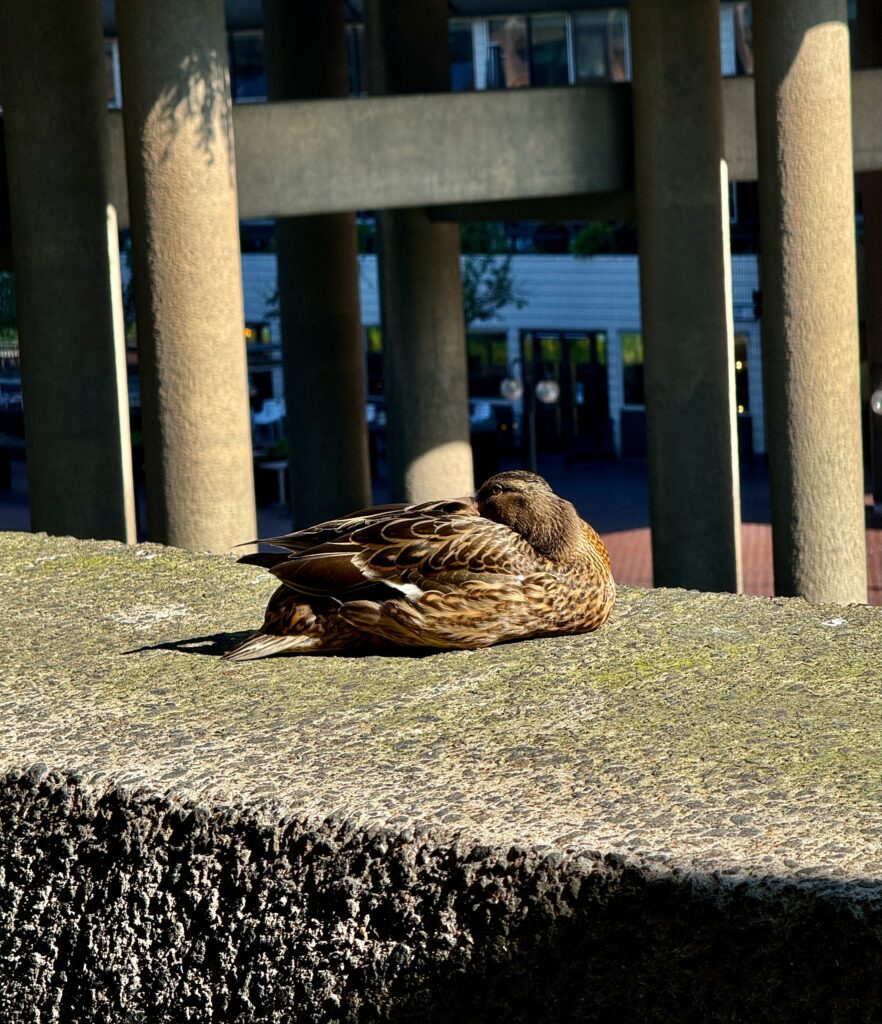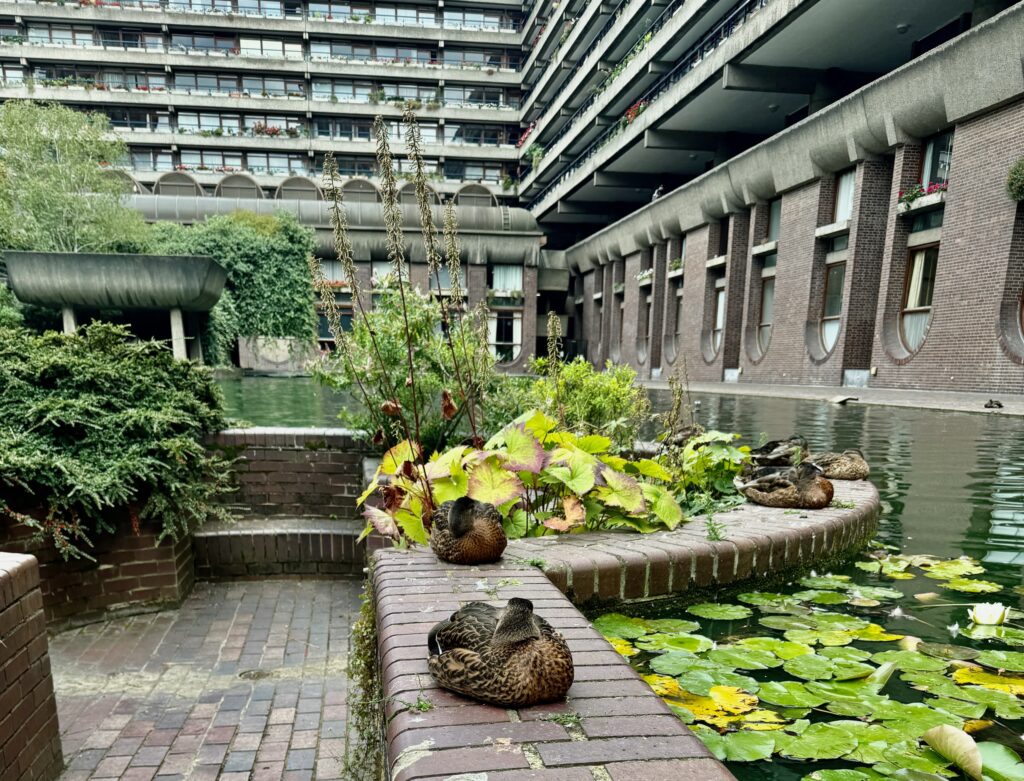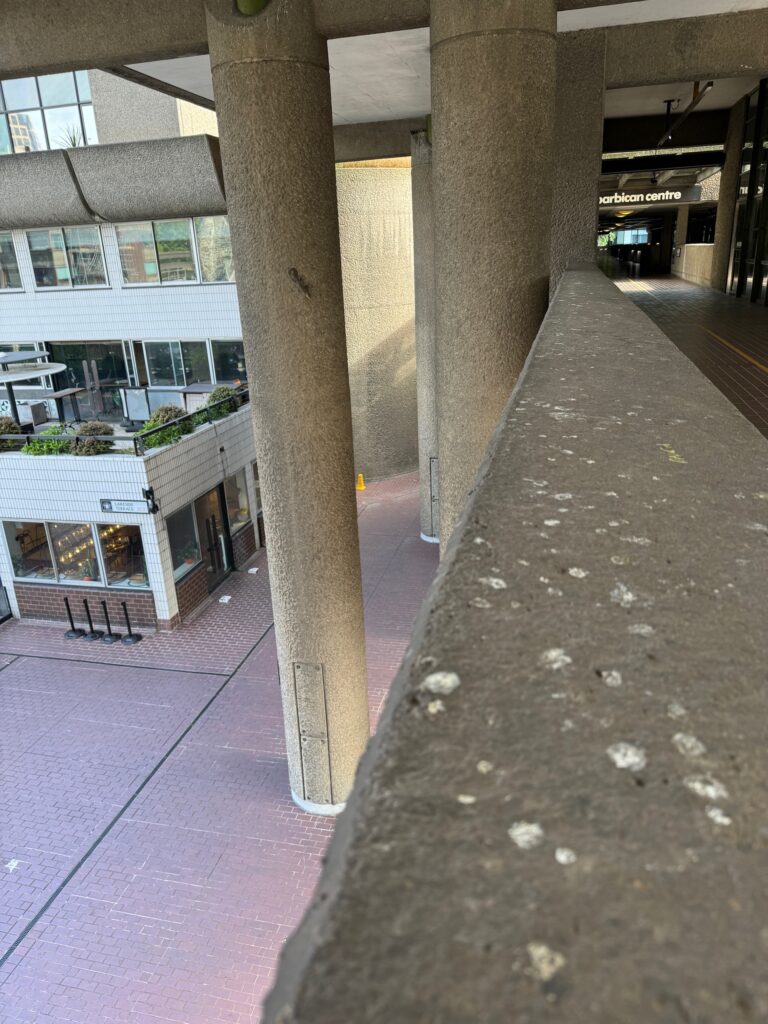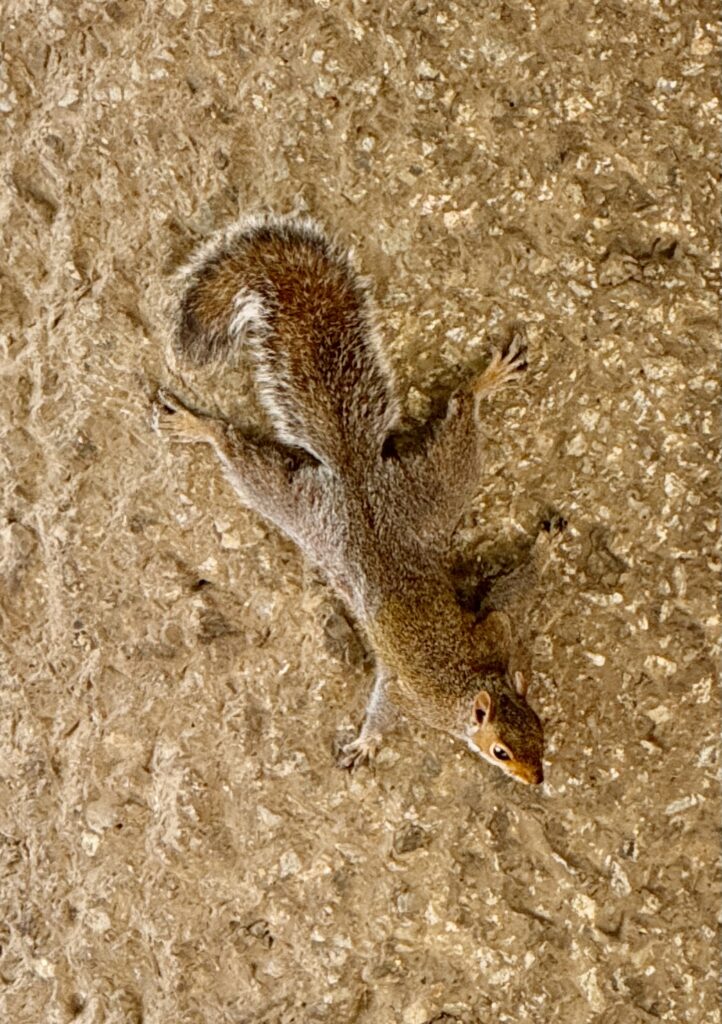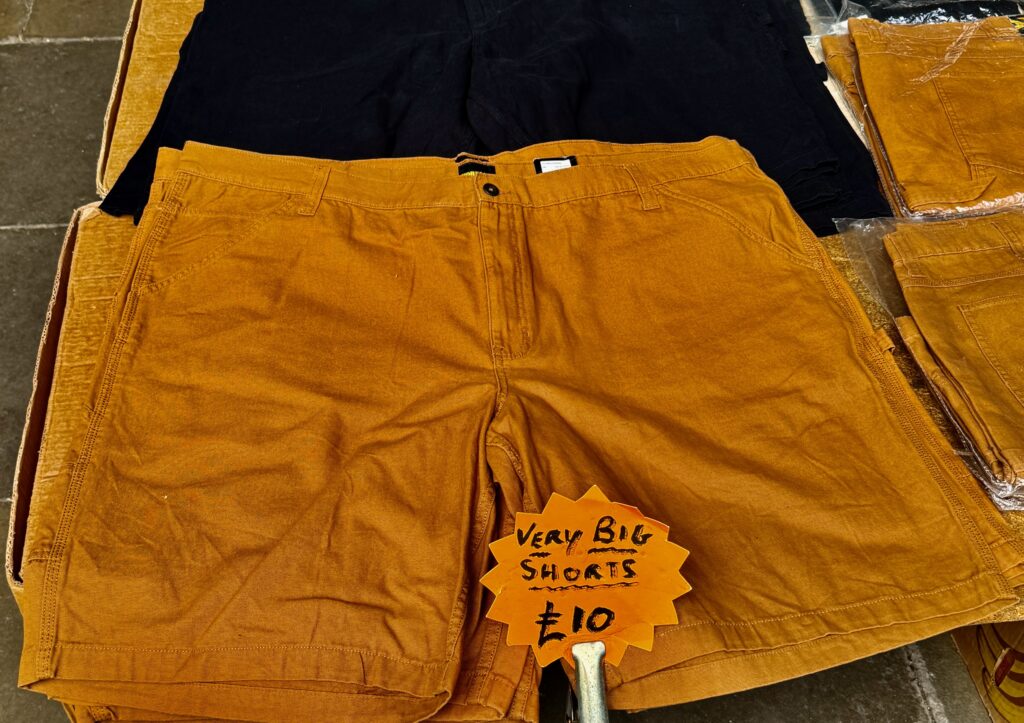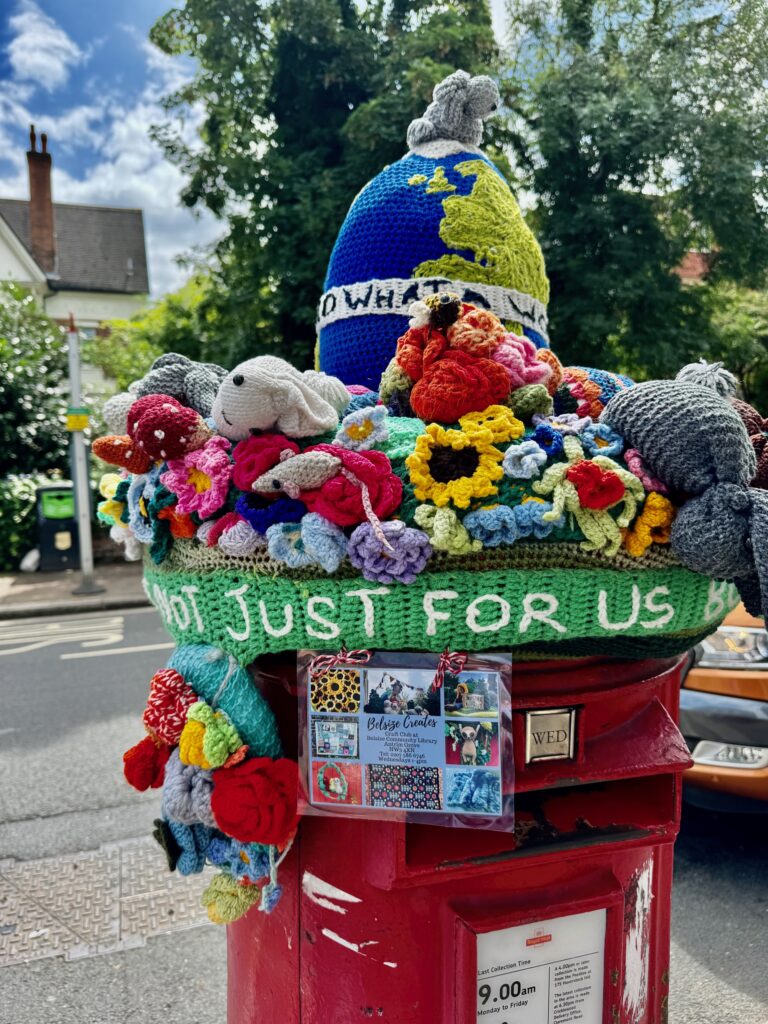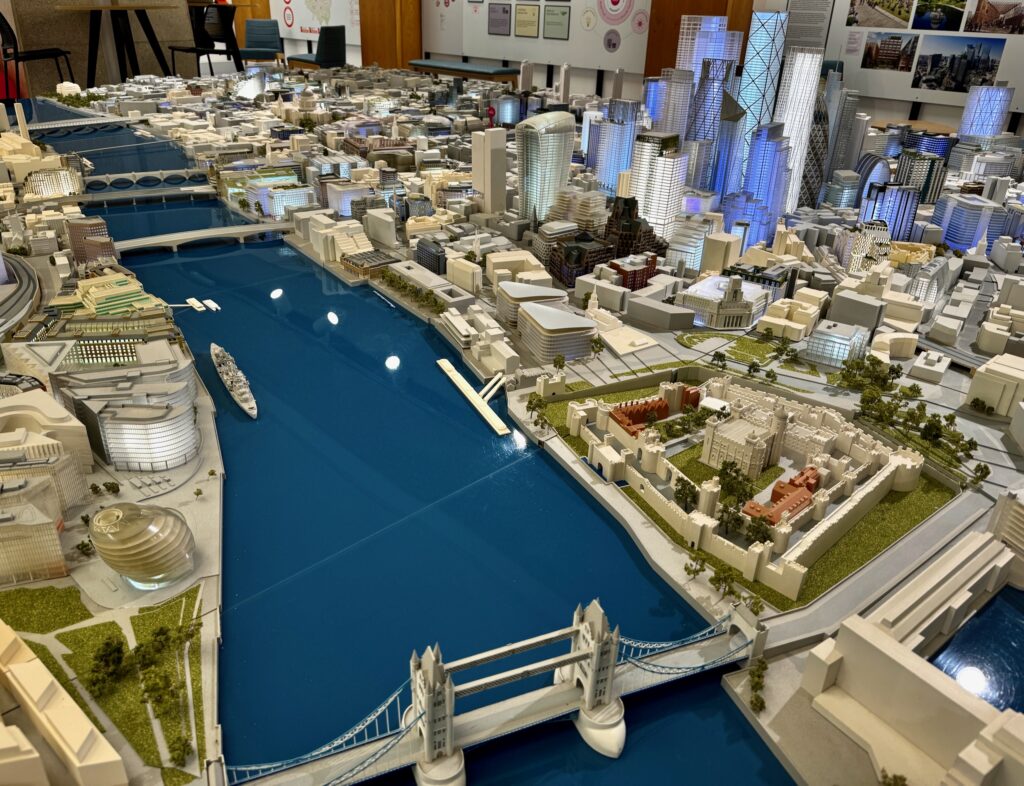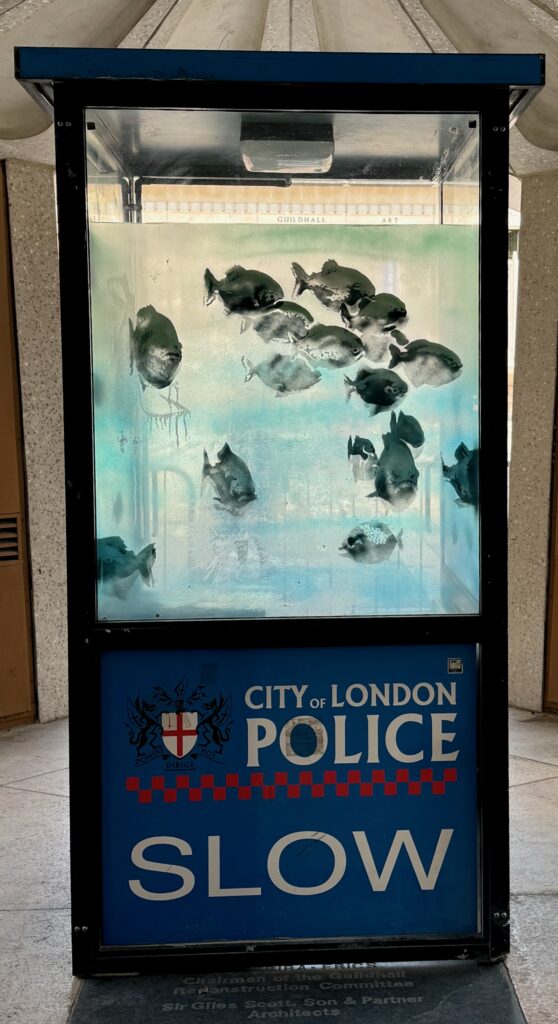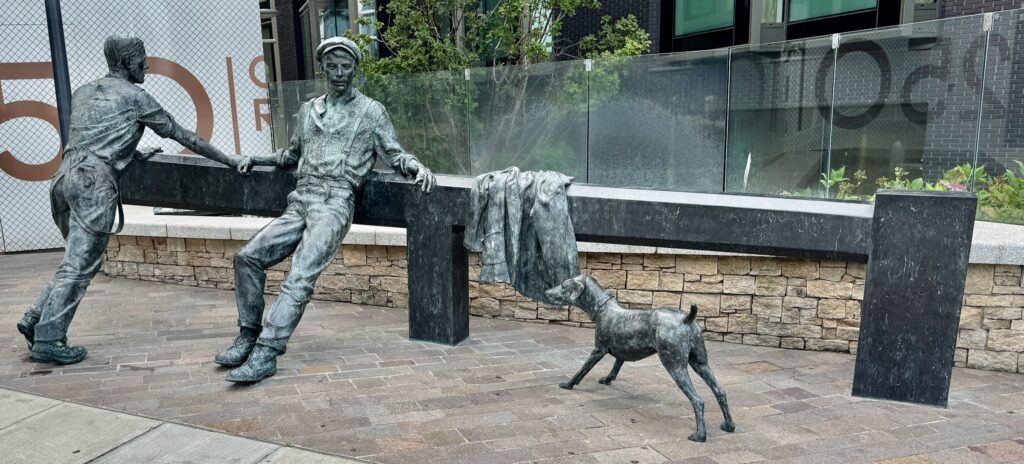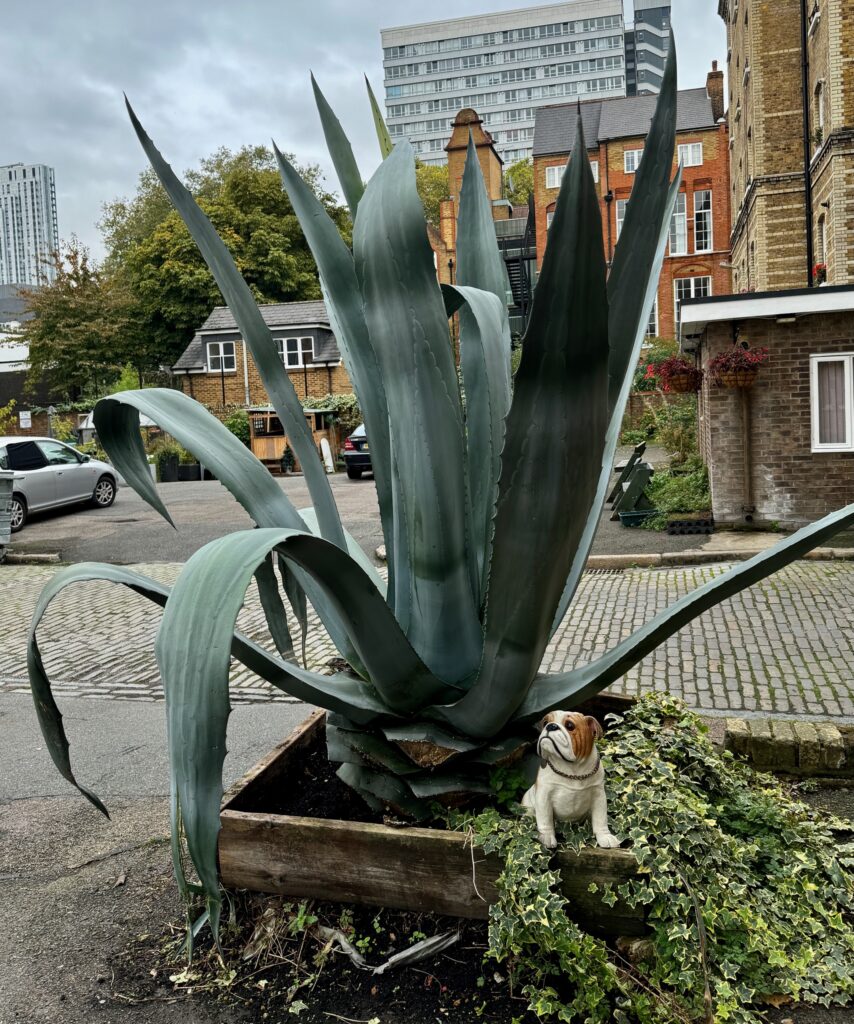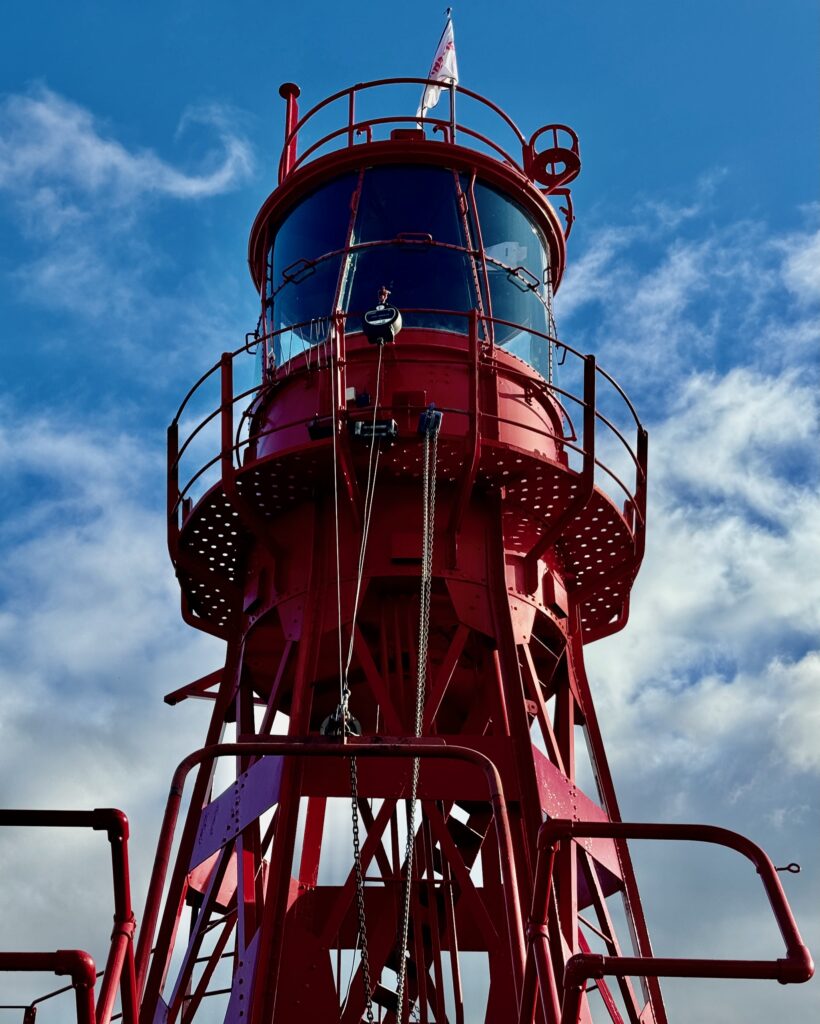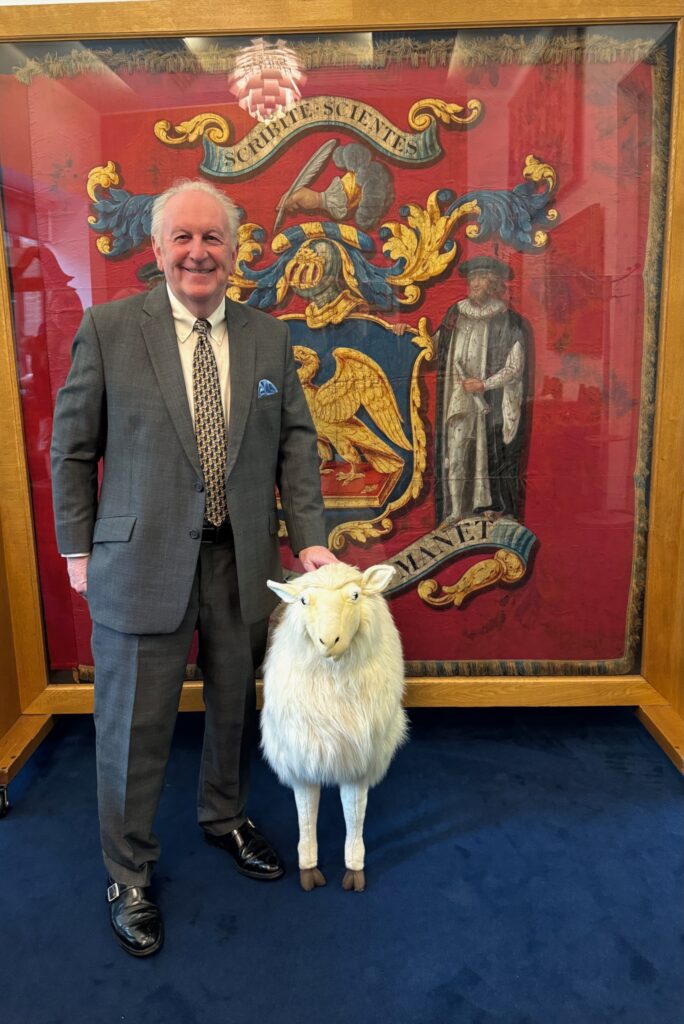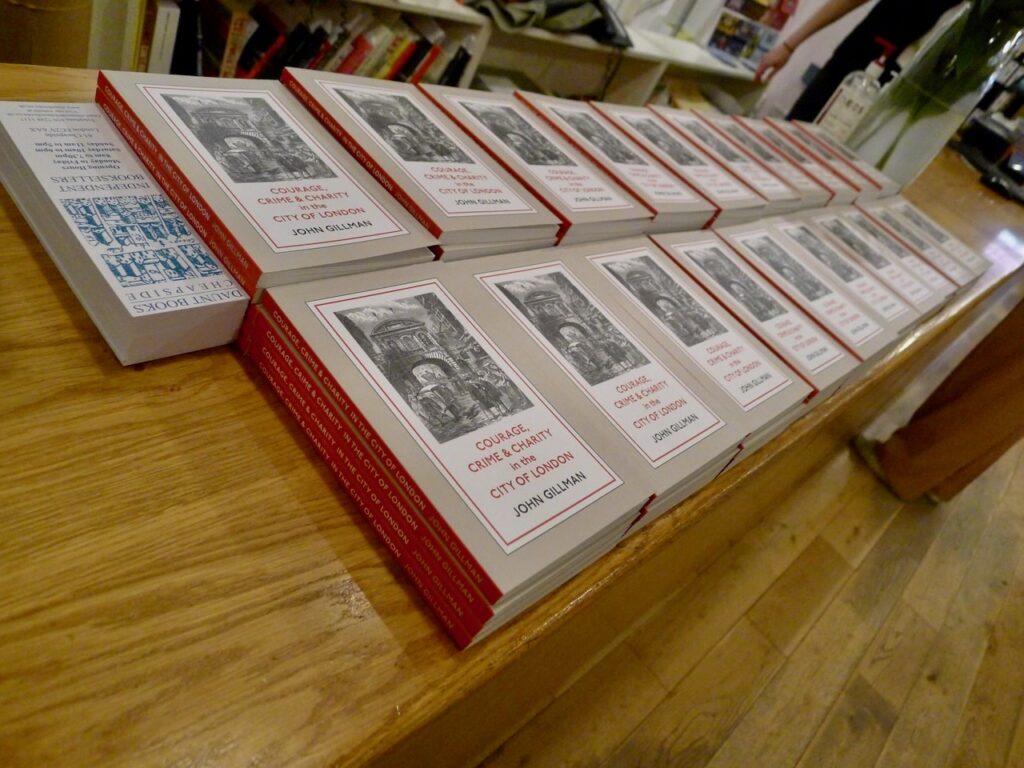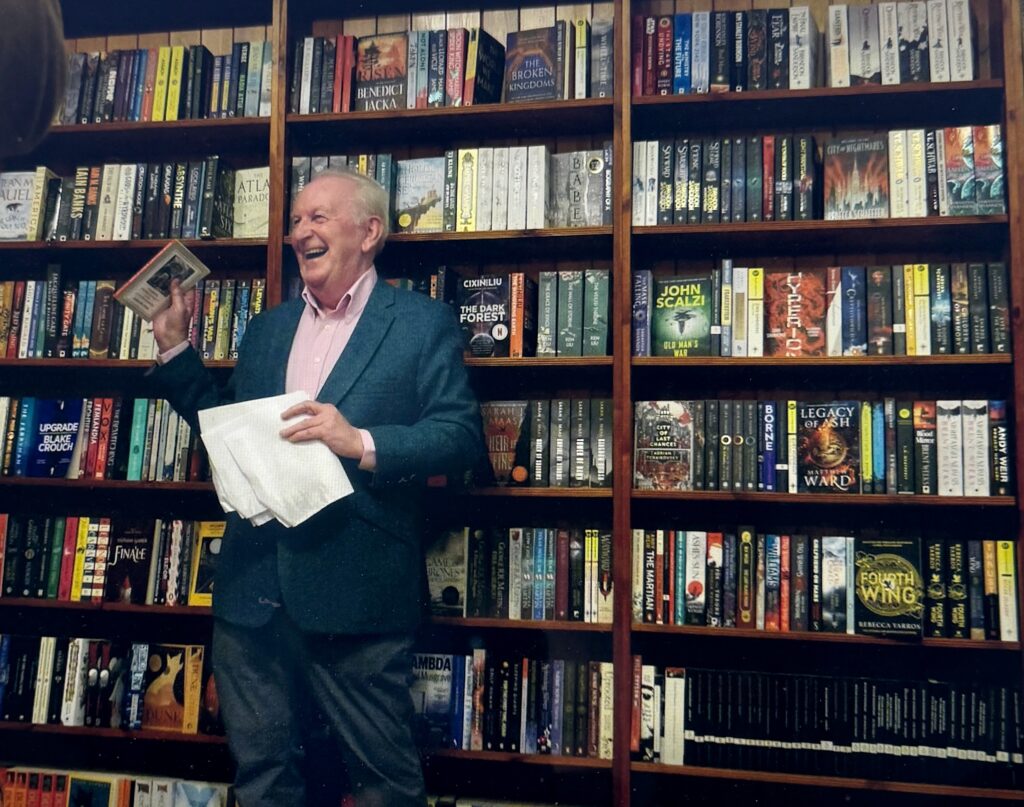Last Friday I was watching a fascinating programme about Jack the Ripper, hosted by the historian Lucy Worsley, and noticed that she made occasional reference to this interesting publication.
Those of you who have read my book, Courage, Crime & Charity in the City of London, will know that I used illustrations from this journal in some of my stories. I hope, therefore, that you would like to know more about it …

The Illustrated Police News (1864 – 1938) was a weekly illustrated newspaper that printed accounts of the week’s most sensational crimes, tragedies, and scandals, in addition to regular updates from the police courts. Priced at a penny for the majority of its 74 years of publication, The Illustrated Police News (hereafter known as the IPN) had a large circulation across the country. It was particularly popular in the later decades of the nineteenth century, and according to an advertisers’ handbook, by 1888 the circulation had reached an impressive 300,000, eclipsing the News of the World (100,000) and Pictorial News (95,000). The newspaper continued to be printed up until 1938, long after other newspapers containing similar content ceased publication.
The first edition of the IPN, 20 February 1864 – The Great Murder and Piracy Case …
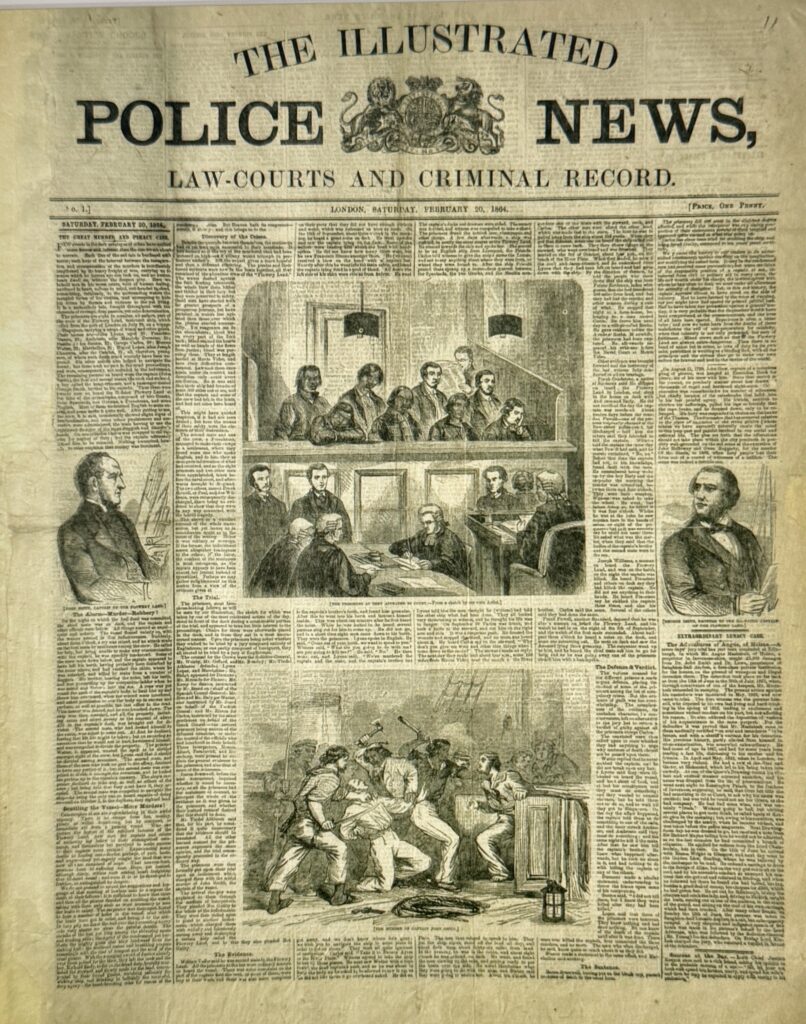
Despite its commercial success, it received regular criticism and opposition, which was particularly caustic during its early years. Such criticisms regarded the content and style of the IPN’s illustrations, reports, and advertisements as unsuitable for the reading masses and responsible for the degeneration of society. This will become more clear as you look at the examples of content I have included in this blog.
I’m writing this on 5th January 2025. If I were reading the IPN on this day in 1895, for example, what stories would I have been treated to? Well, here are some of them.
As well as high drama, ‘Extraordinary Murder by Women’, ‘Mysterious Death in Long Acre’ and a man who seems to mistake a Trafalgar Square fountain for a swimming pool …

… there is also some factual news. For example, progress on the excavation of the Blackwall Tunnel and some intriguing snippets about the population of America …
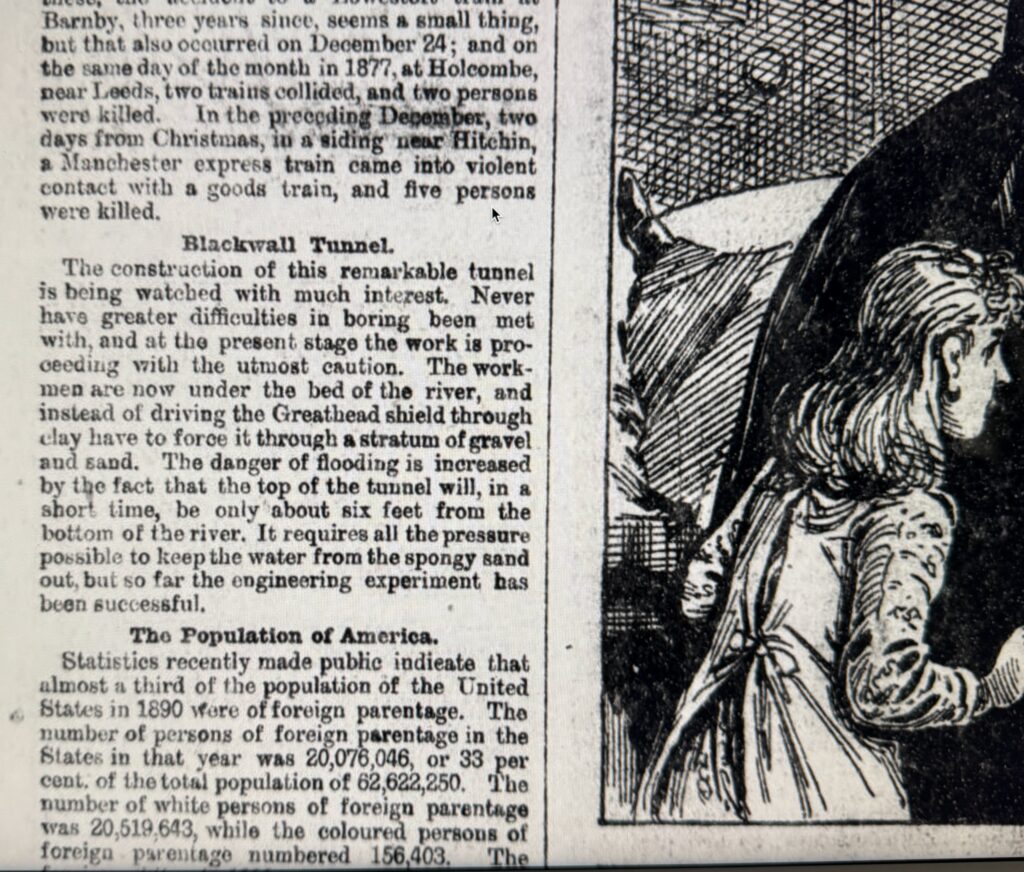
Plus some corny jokes and stories (which I rather liked) …
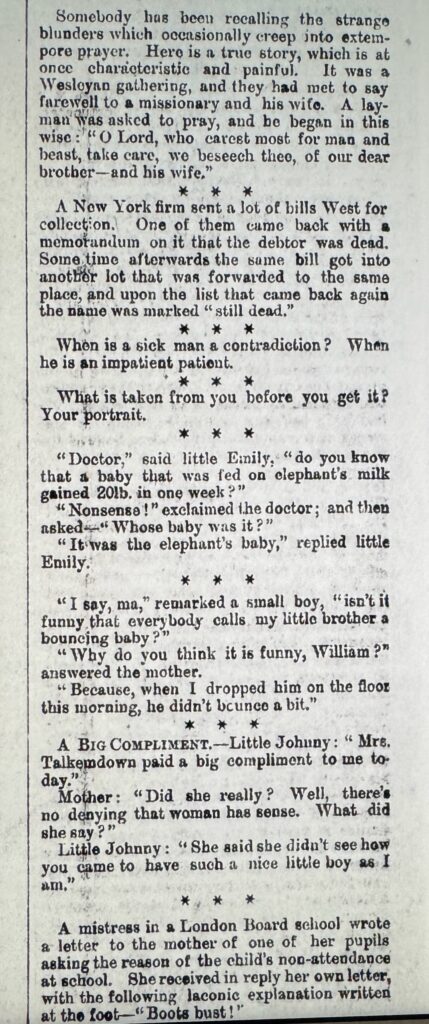
On another page in the same edition …

Apart from the dramatic illustrations, on the same page you can read about Christmas Burglaries, a Fire at the Royal Exchange, Jealousy and Spiritalism and the Most Powerful Ship Afloat. I’d happily tuck in to stories like these over breakfast.
I am indebted to Will Noble, writing in The Londonist, for these further excerpts.
An ice skating tragedy in Regent’s Park …

Around 200 skaters plunged into the icy waters of a lake in Regent’s Park in January 1867, prompting the horrific scene above — and the death of some 40 people. The image is so vivid, you can almost hear the melee. The tragedy prompted new safety measures, which ensured that when another similar accident happened a few years later, everyone survived.
A policeman gets a kicking in a bizarre attack …

Students from Paddington’s Civil Service Training College don’t take kindly to being arrested for throwing snowballs.
A horrific carriage accident at Hackney Marshes …

Before there were car accidents, there were horse and carriage accidents, and a tragic one occurred at Hackney Marshes in August 1867, when a horse pulling a phaeton containing a young family got spooked and tipped them into the Hertford Union Canal (then the Duckett’s Canal). The article reports that one of the young girls drowned, while another was not in a good way. “The carriage was completely destroyed, and the horse so much injured that it had to be killed,” ends the piece. Brutal.
Suicide at the Crystal Palace …

“He shouted loyally ‘Good bye, chaps.’ He was standing on the rail that surrounds the gallery at the base of the great tank, and was waving his cap. Instantly he threw his cap up into the air, and sprang from the gallery.” Thus 43-year-old workman Thomas Jennings ended his life from high up on the North Water Tower of the Crystal Palace. Suicides were regularly covered in the news (the more shocking the better), and although in today’s tabloids depicting such a thing would be considered beyond the pale, it was par for the course on the front page of the IPN.
The boundaries of taste were most severely tested when to came to reporting the 1888 ‘Jack the Ripper’ murders …
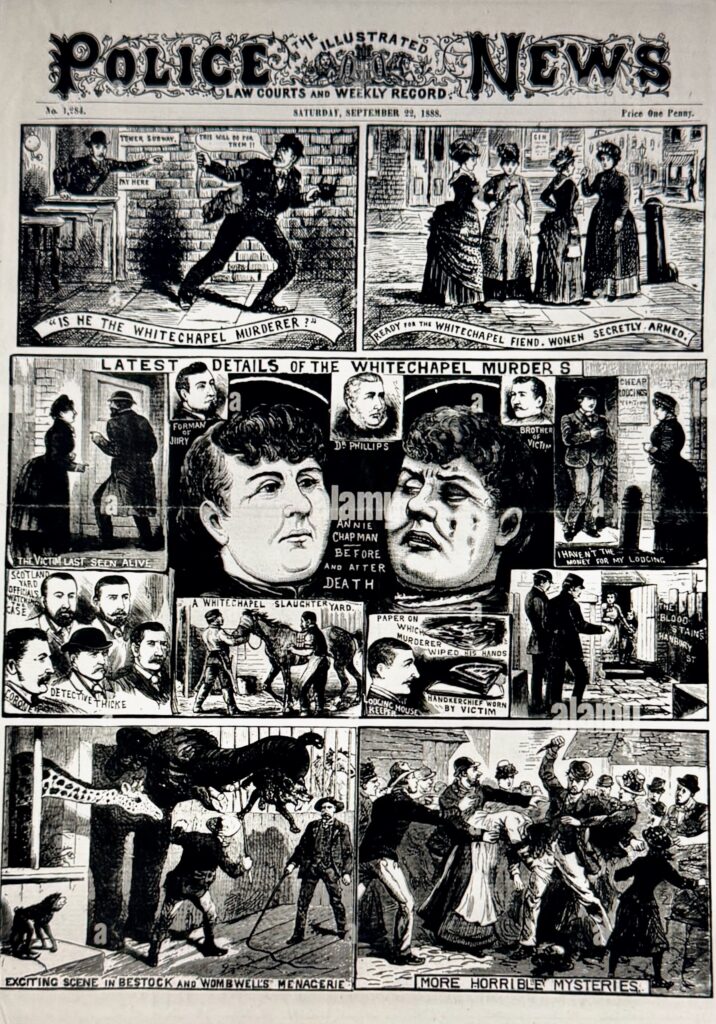
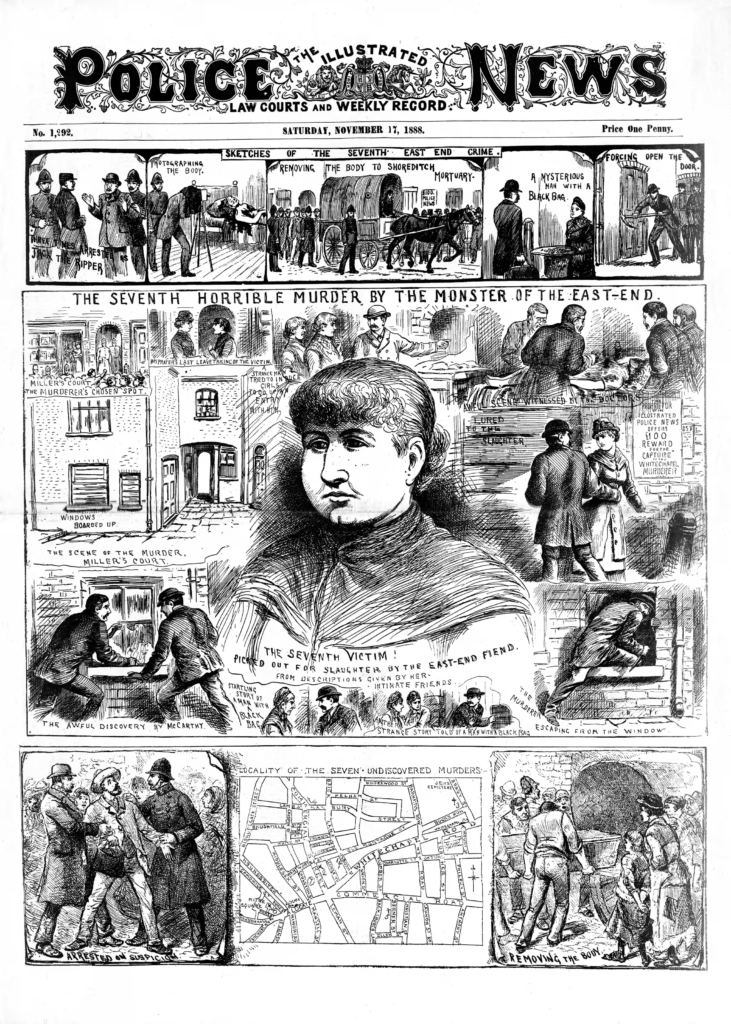
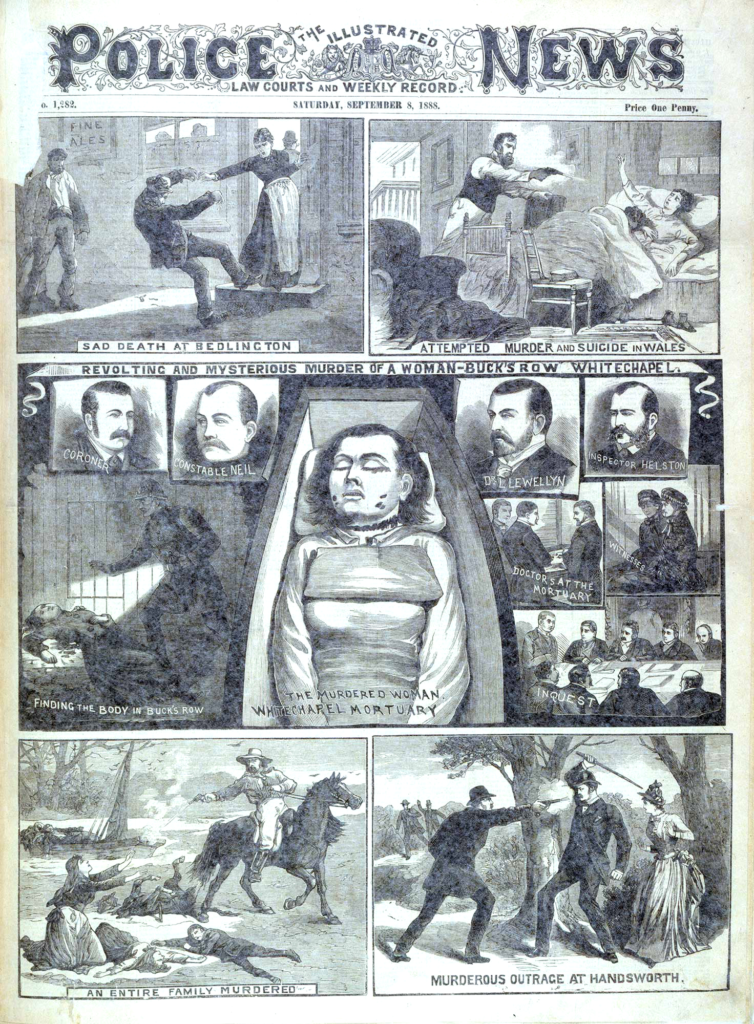
Few women have had the moment of their deaths returned to more often, and with as much relish, as Mary Ann “Polly” Nichols, Annie Chapman, Elizabeth Stride, Catherine Eddowes and Mary Jane Kelly.
In each case their throats were cut, and four of them had their entrails removed. Kelly, the only one of “the canonical five”, as Jack the Ripper’s known victims are called, to die in her bed, was completely mutilated. Forests have been felled in the interests of unmasking the murderer, but until now no one has bothered to discover the identity of his victims. A superb recent book, The Five, is ‘an angry and important work of historical detection, calling time on the misogyny that has fed the Ripper myth’. It’s written by Hallie Rubenhold who Lucy Worsley interviews in her programme – do try and watch it on catch-up. There are further interviews and comments here and a detailed review of the book here.
Only one location of a ‘Ripper’ murder still exists. It is Mitre Square, near Aldgate, where poor Catherine Eddowes was killed on 3oth September 1888 …

You can find more details in my Exploring Aldgate blog.
To be fair to the IPN, it played a part in drawing attention to the terrible poverty, crime and deprivation that was literally only a few hundred yards from the the City of London, the thriving heart of the Empire.
The Punch engraving of The Nemesis of Neglect …
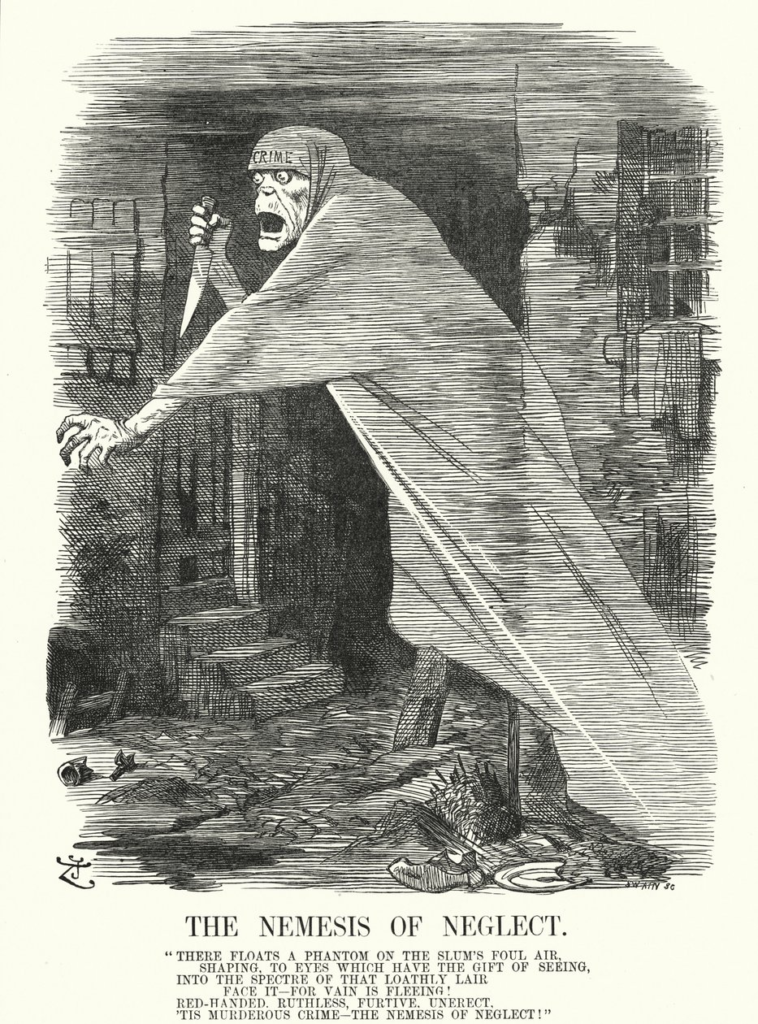
On 18 September 1888, in the wake of the murders of Mary Ann Nichols and Annie Chapman, The Times published a letter by philanthropist Lord Sidney Godolphin Osborne (1808–1889) that deplored the great social and economic divide that separated the West End from the East End. To Osborne, the murders were a consequence of the great poverty of the East End, and this poverty in turn a result of the people of the West End living lives of luxury. Inspired by this letter, Alice in Wonderland illustrator John Tenniel (1820–1914) drew “The Nemesis of Neglect” for Punch Magazine. The image, published 29 September, shows a semi-transparent spectre with a gaping maw, bulging eyes and a large knife in its hand. The illustration was accompanied by a poem, the last line of which gave it its name.
I also feel I should point out that the IPN not only covered stories that featured female victims. Some of the women written about were responsible for truly heroic acts that confounded the female stereotypes of the times.
For example, it reported in great detail the heroism of the brave Alice Ayres …

And the self-sacrifice of Mary Rogers …


You can read more about them in my blog about Postman’s Park and the Watts Memorial.
The IPN ceased publication in 1938 when it transformed into The Sporting Record. Before its transformation, the editorial of the IPN would proudly state:
‘The Police News made its first appearance in 1864 and at once became a rare favourite. It created a sensation with its reports of the week’s most interesting court cases and by being the first newspaper to publish illustrations. Throughout the years the Police News has been in great demand, but…time marches on…now the topic of the day is sport, and then more sport’.
The last edition, 3 March 1938 …
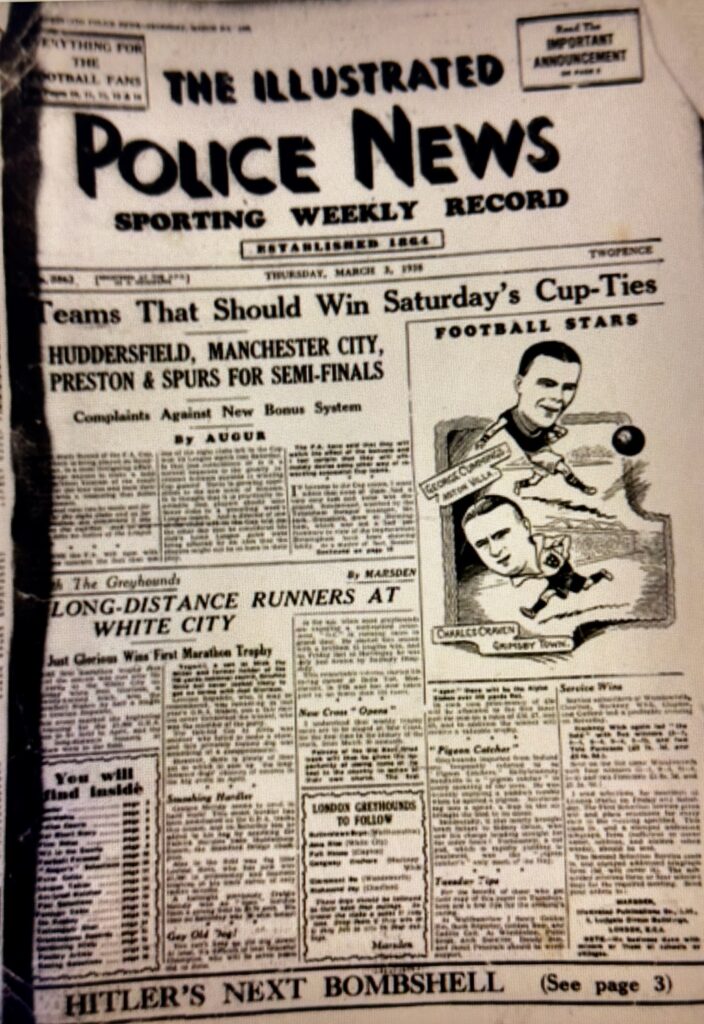
If you would like to immerse yourself more fully in the history of the IPN and its times I strongly recommend Alice Smalley’s brilliant PhD Thesis Representations of Crime, Justice, and Punishment in the Popular
Press: A Study of the Illustrated Police News, 1864-1938. It was the source for much of today’s blog. You can find it here.
All images from the IPN are © The British Library.
If you would like to follow me on Instagram here is the link …
